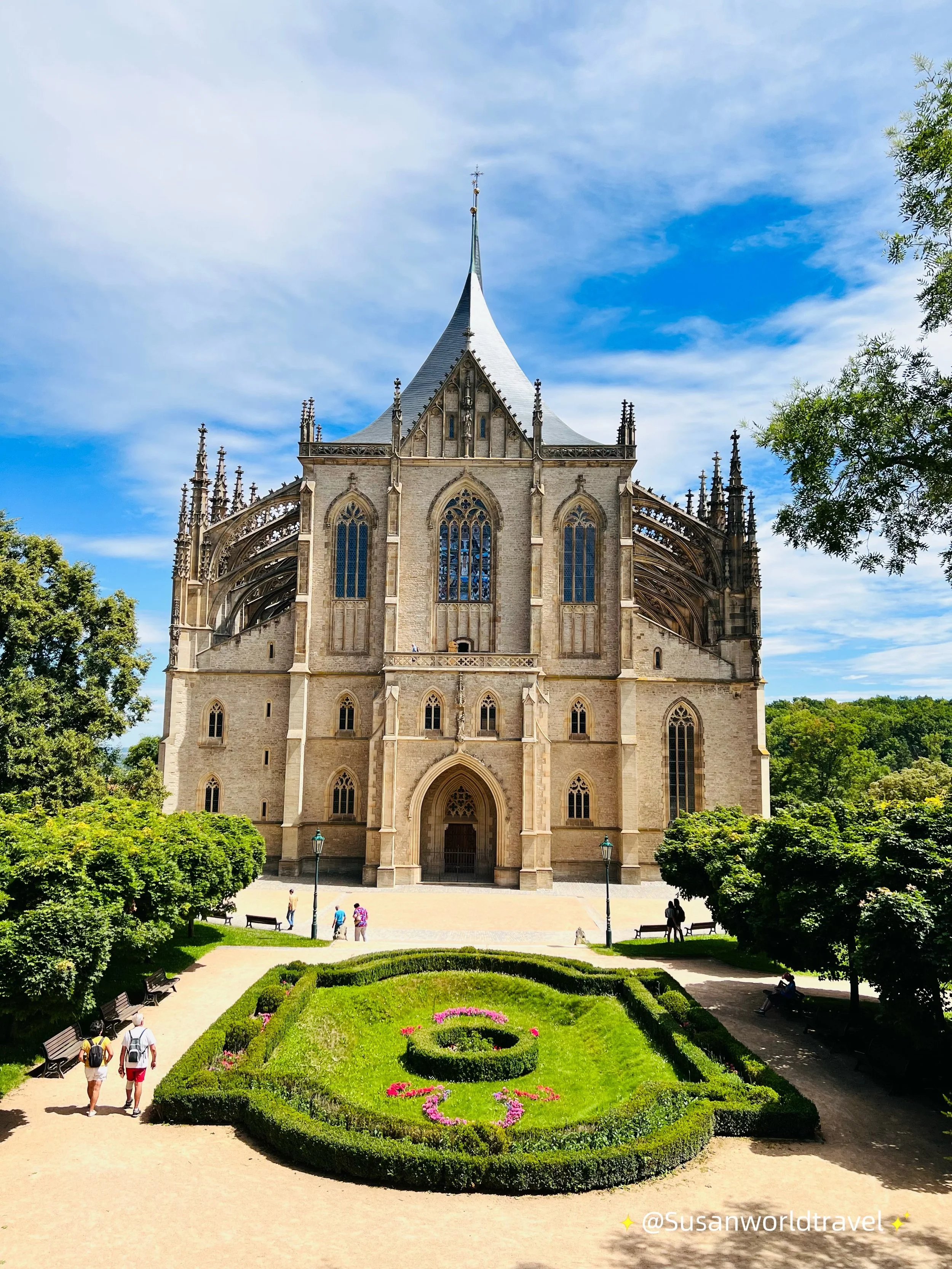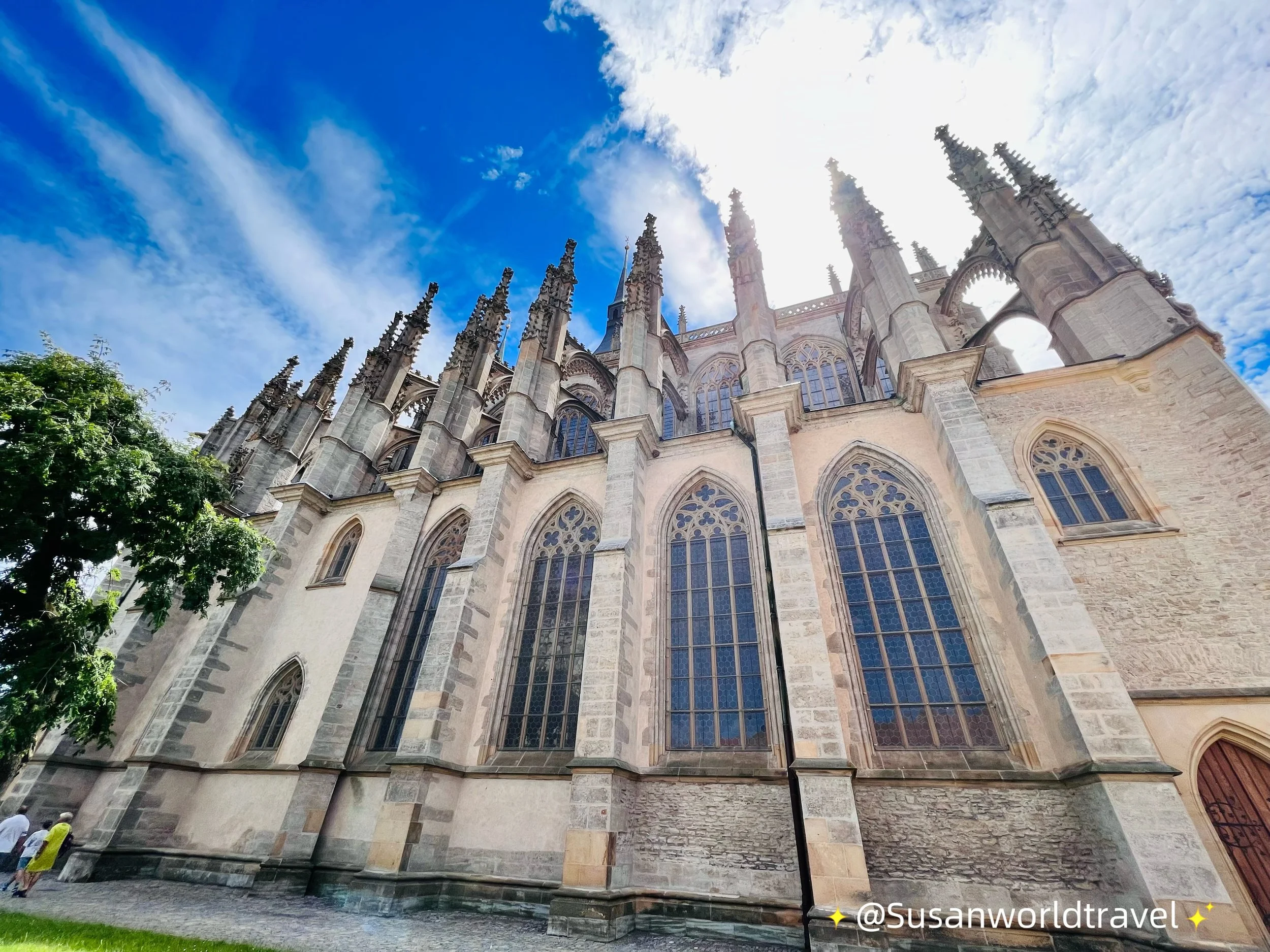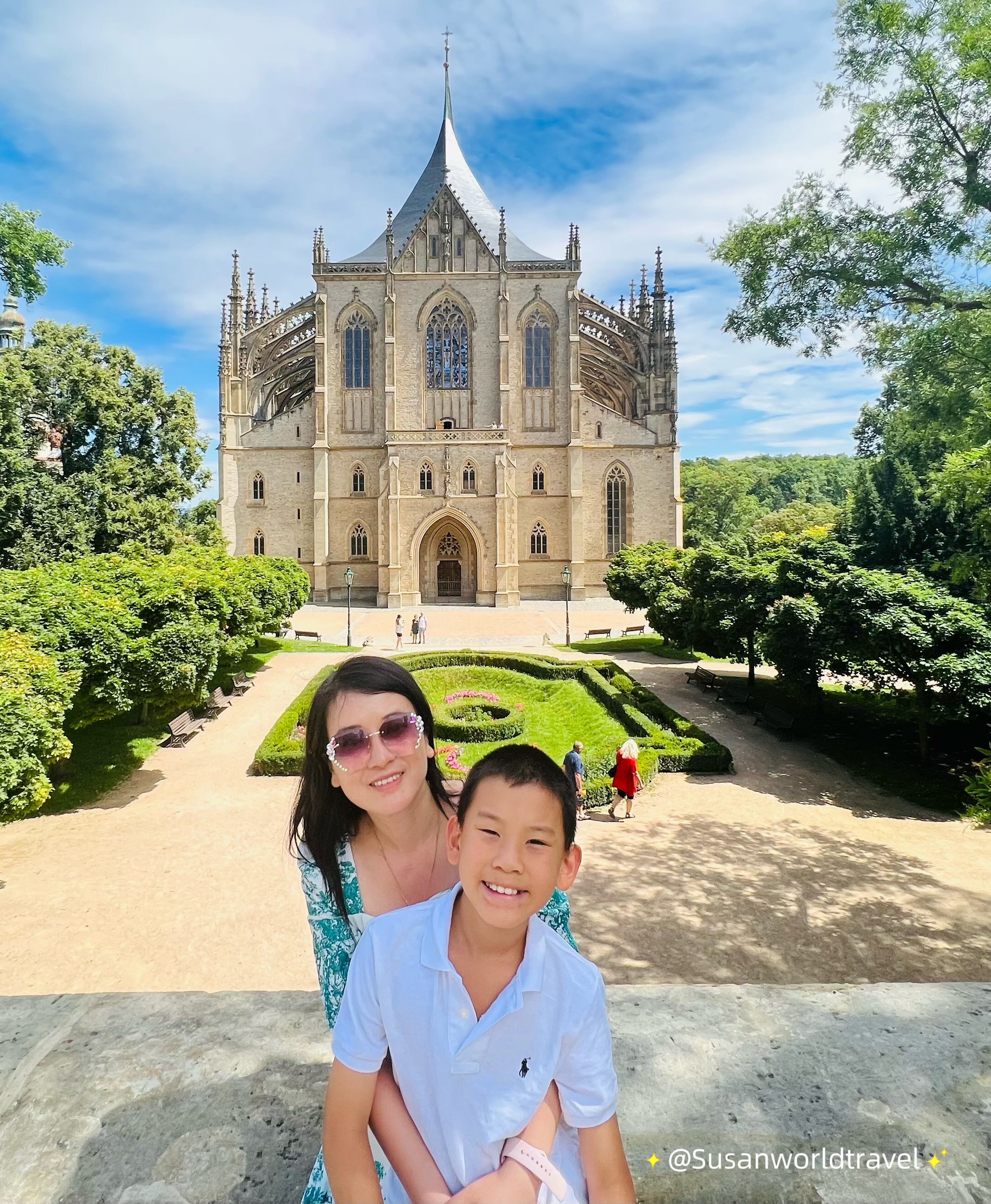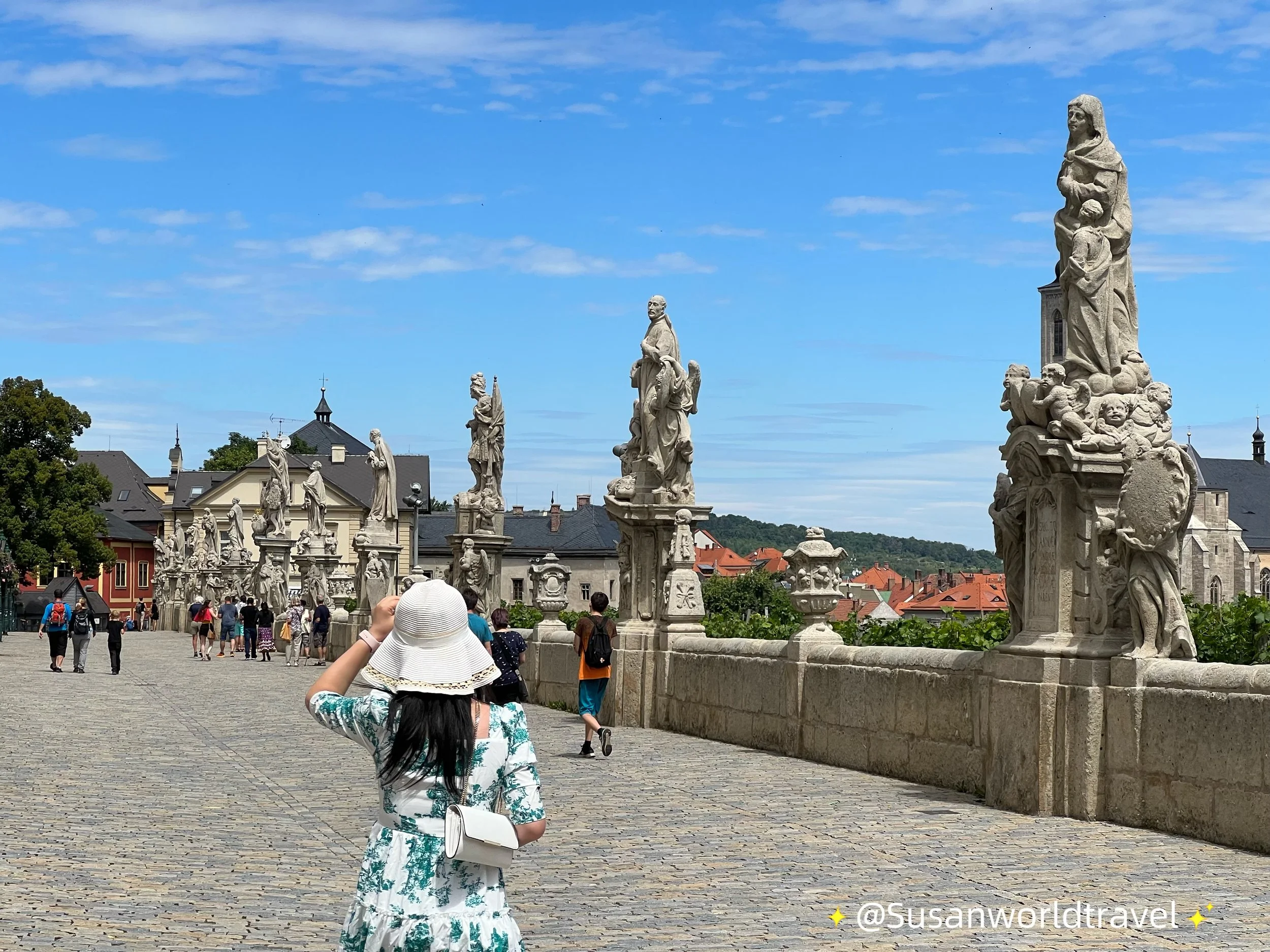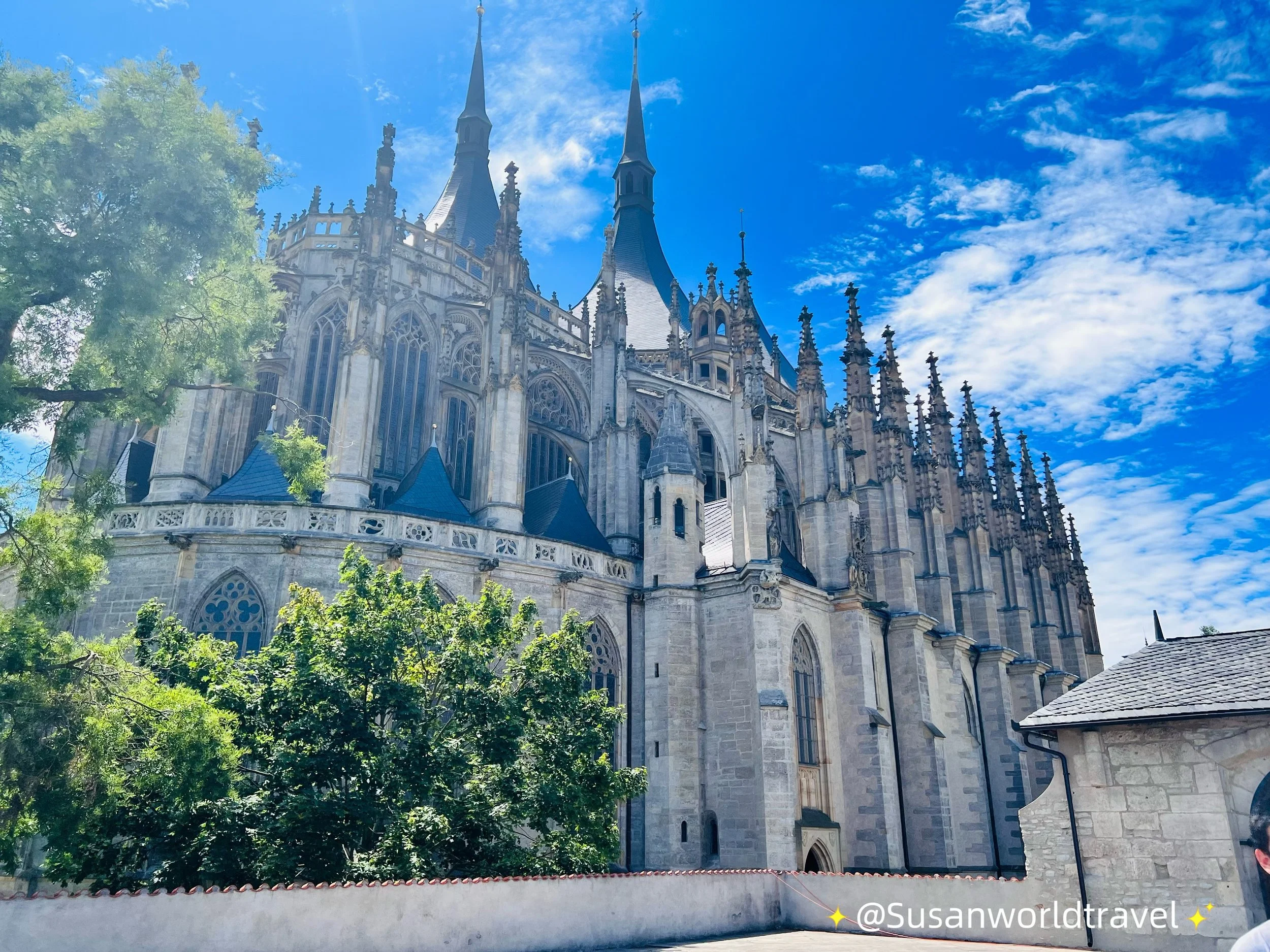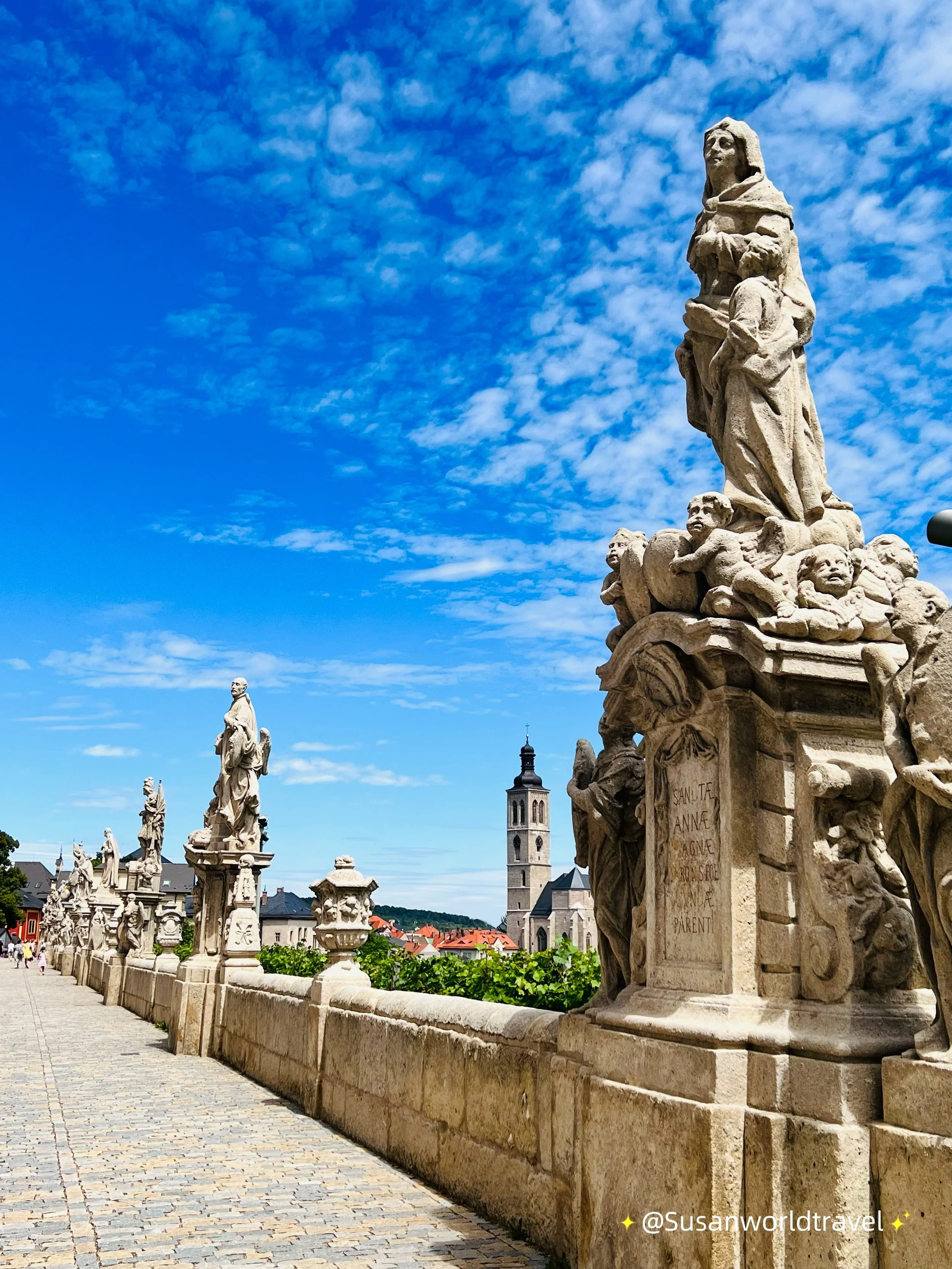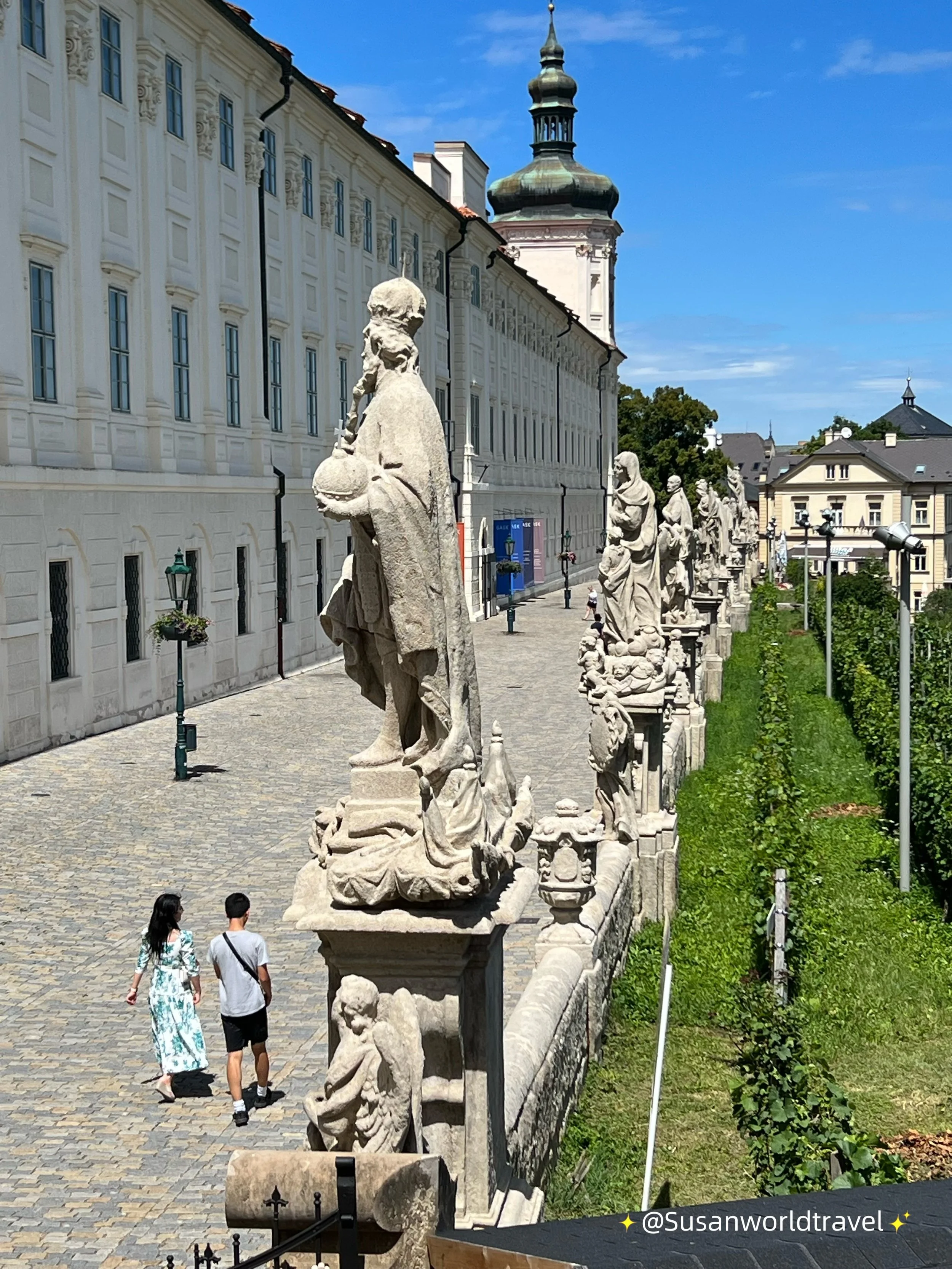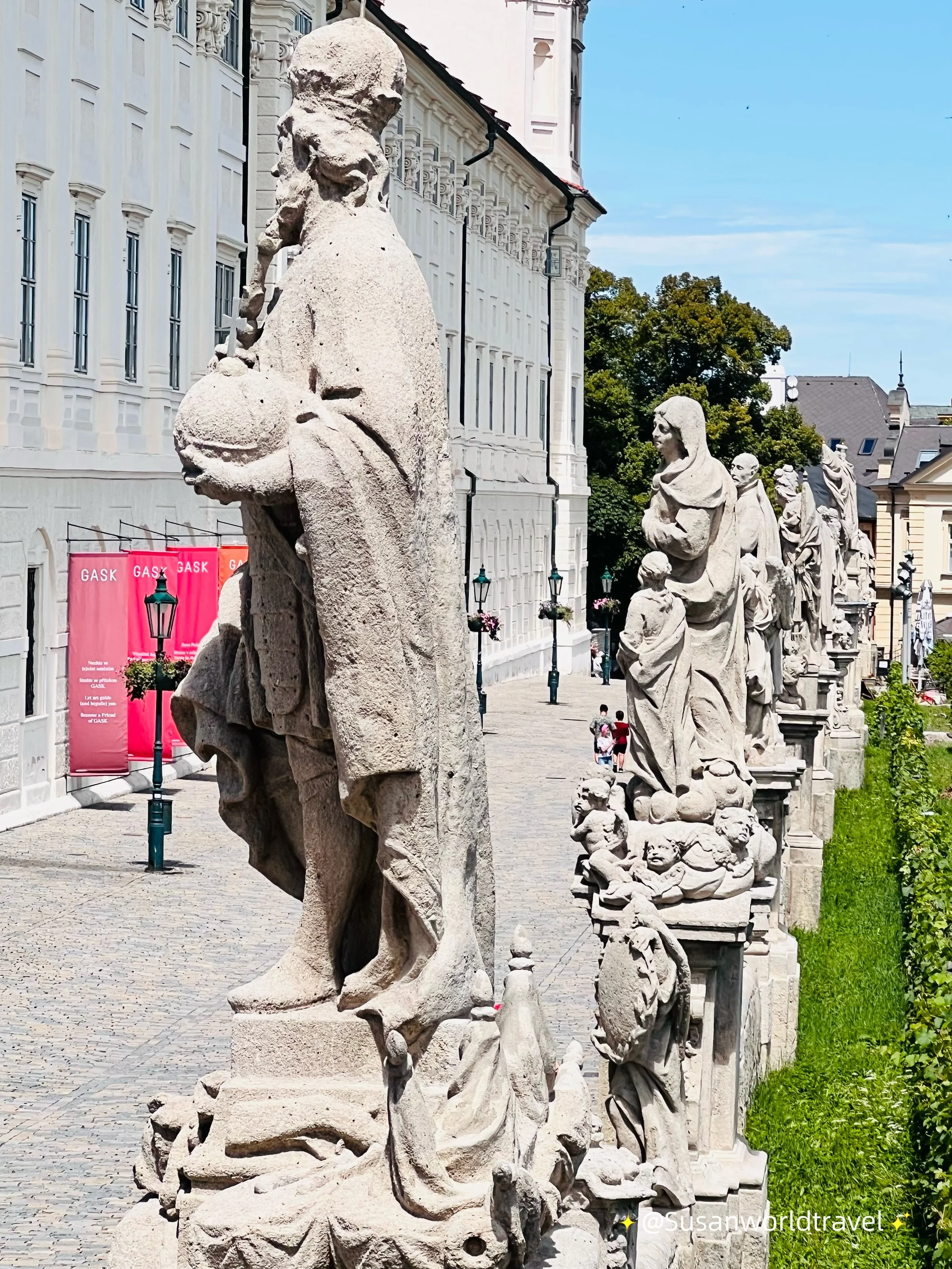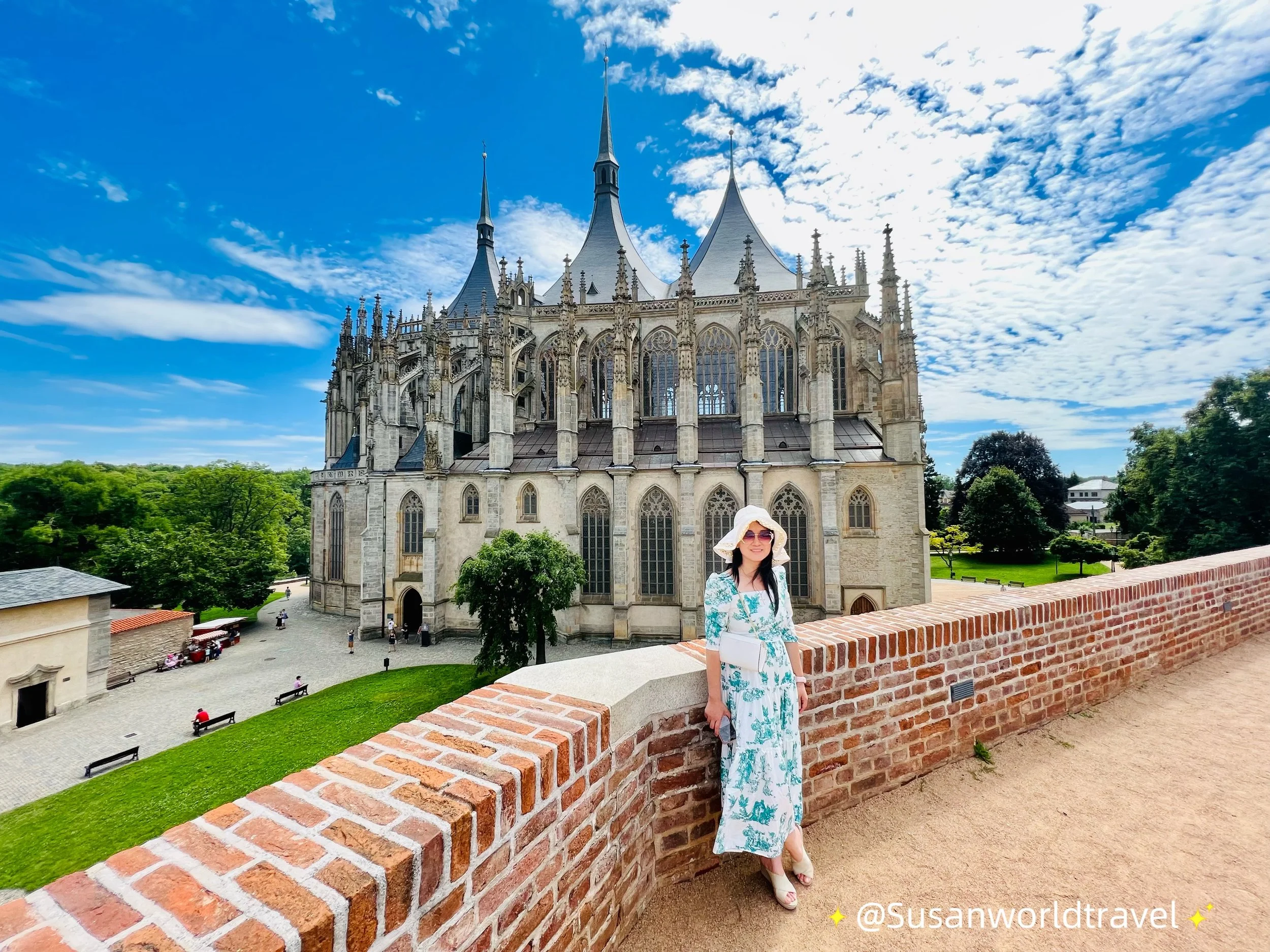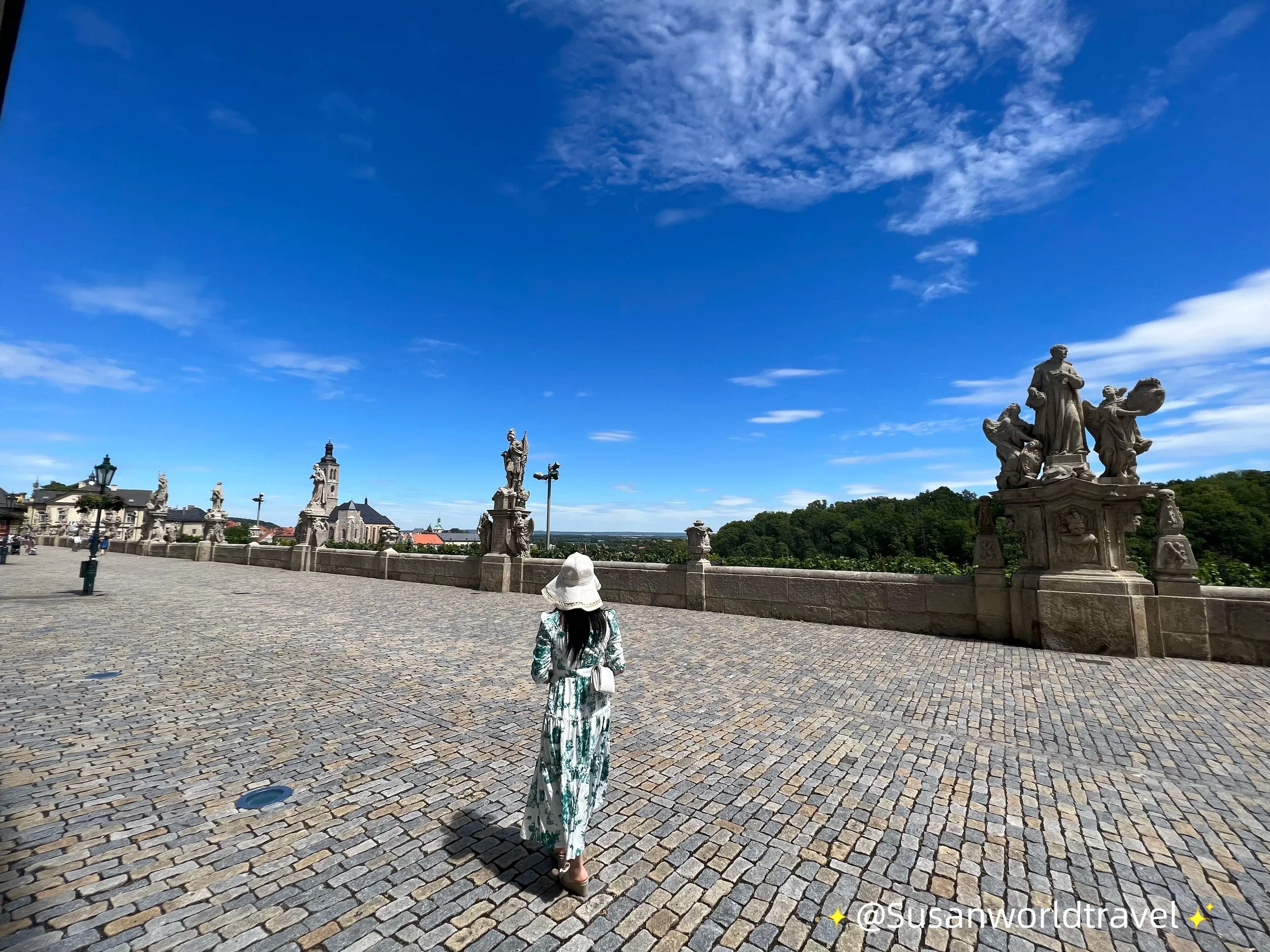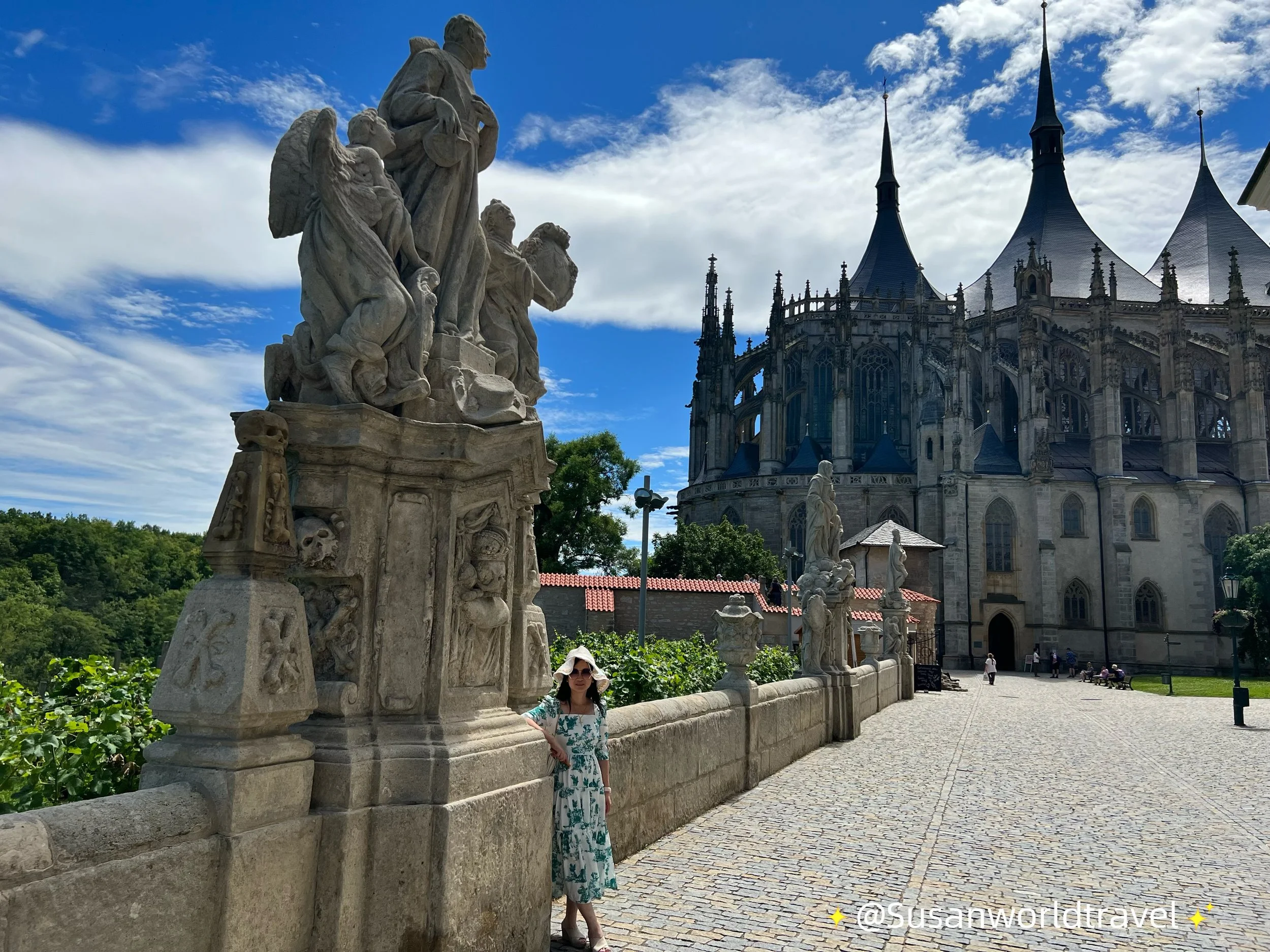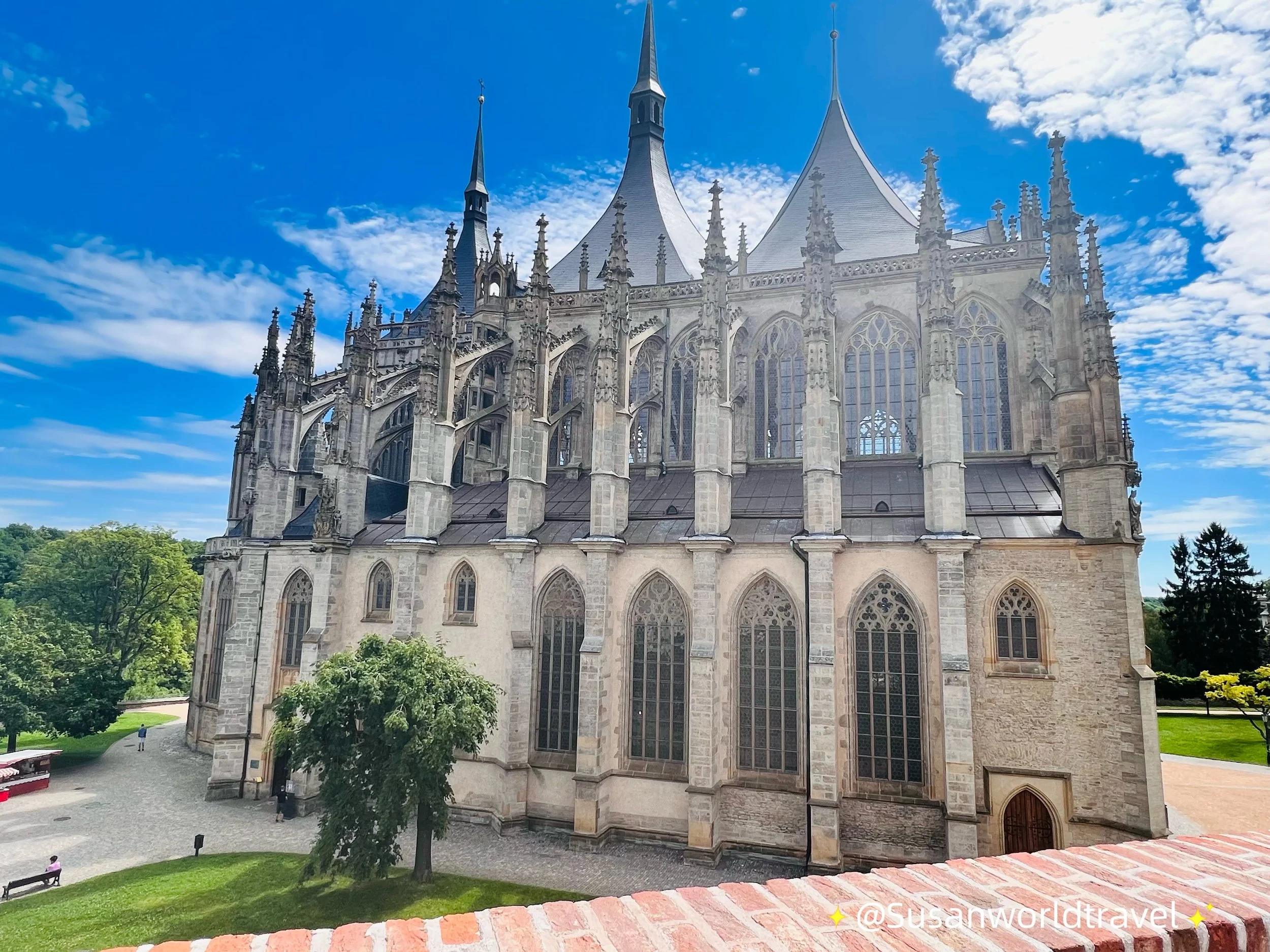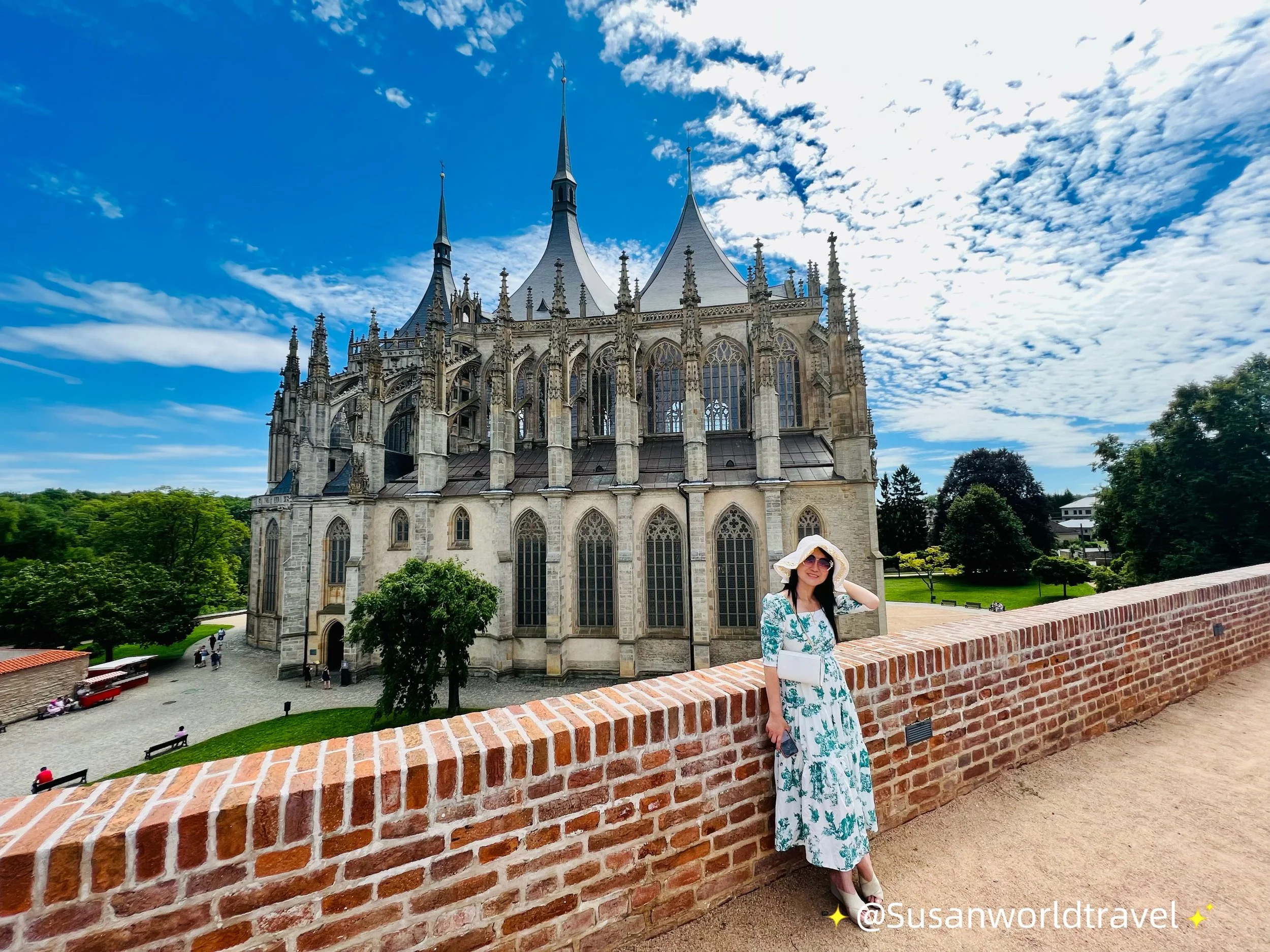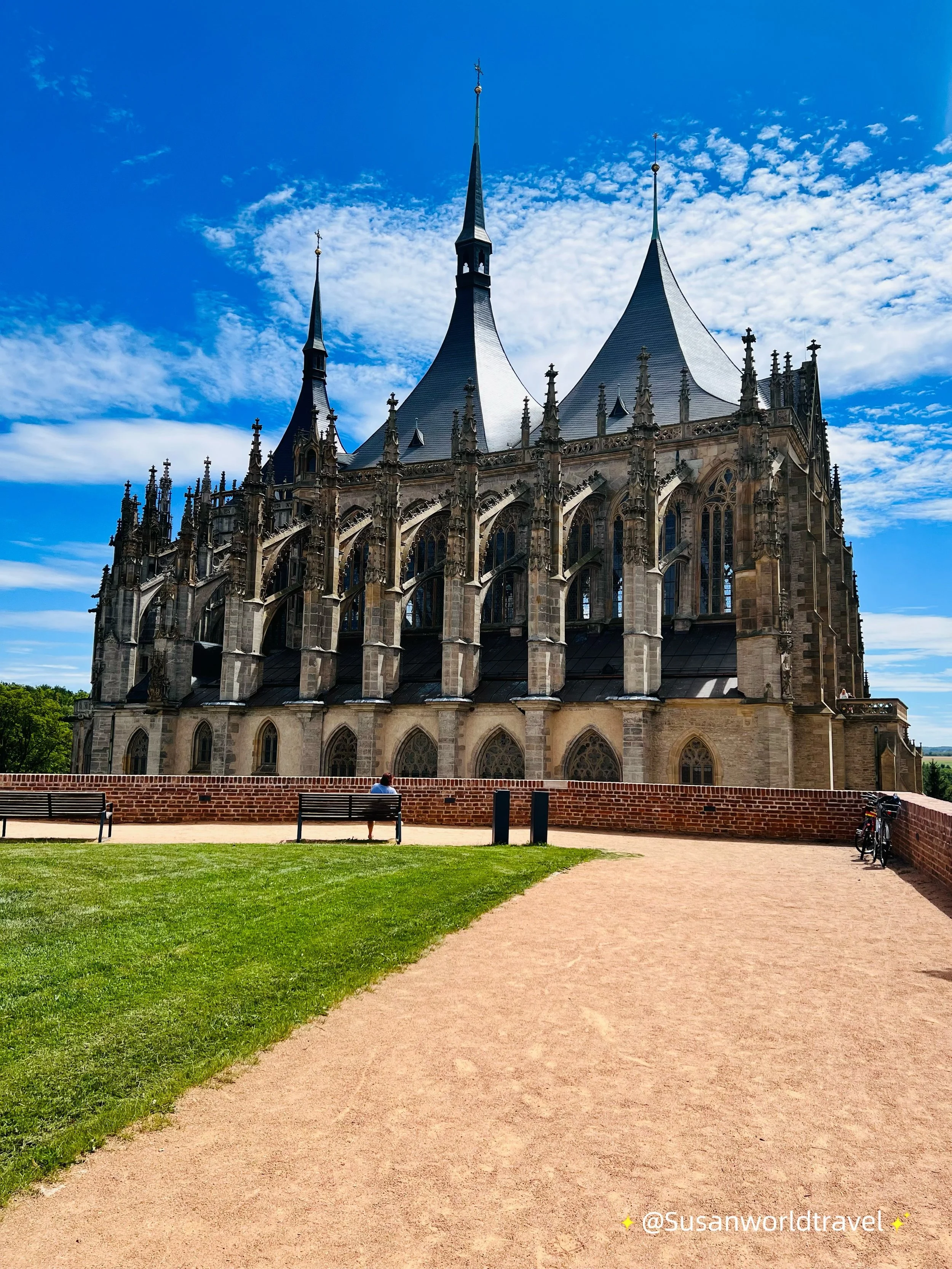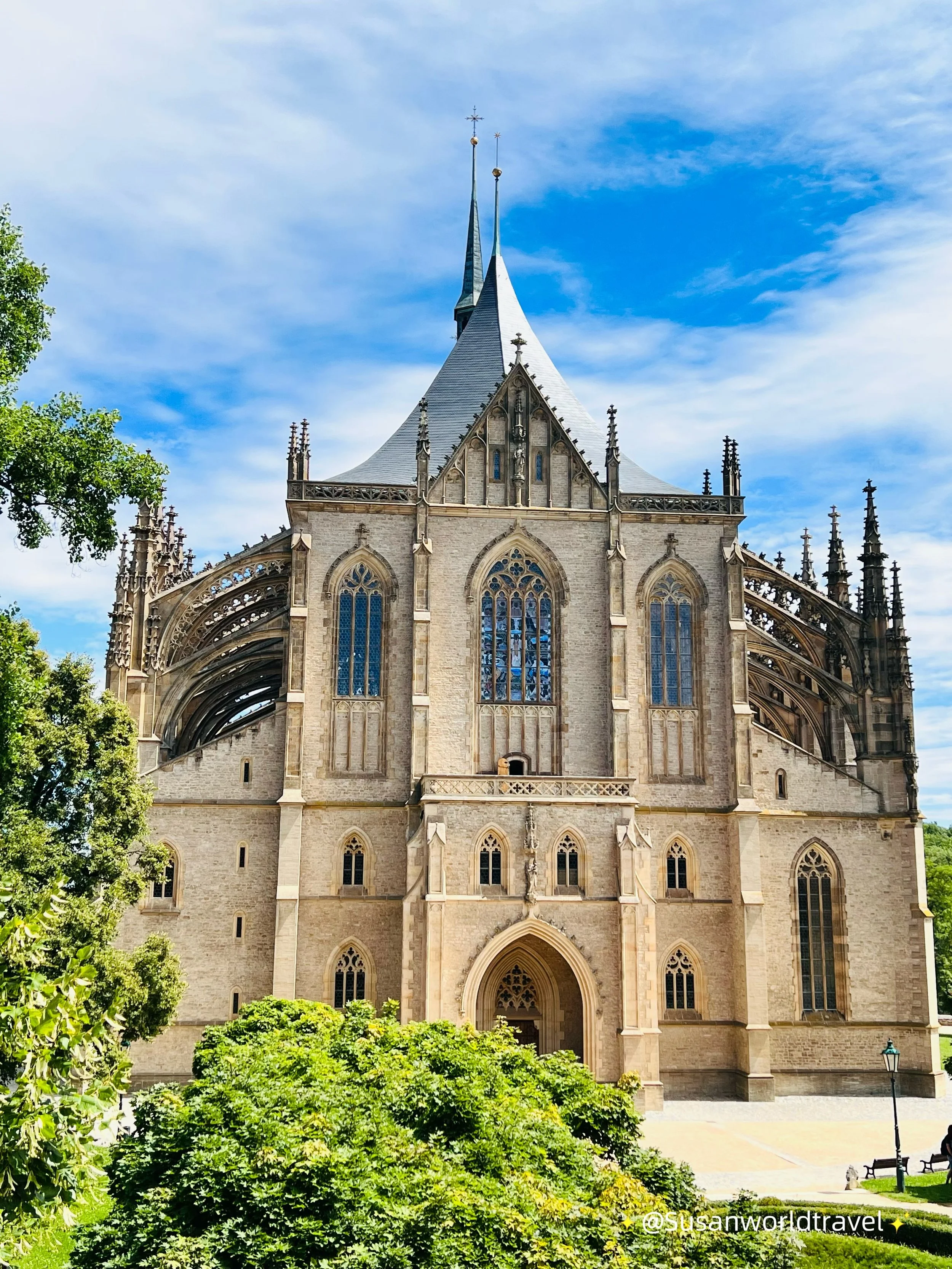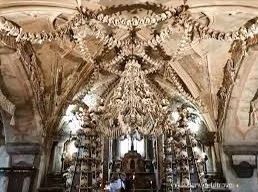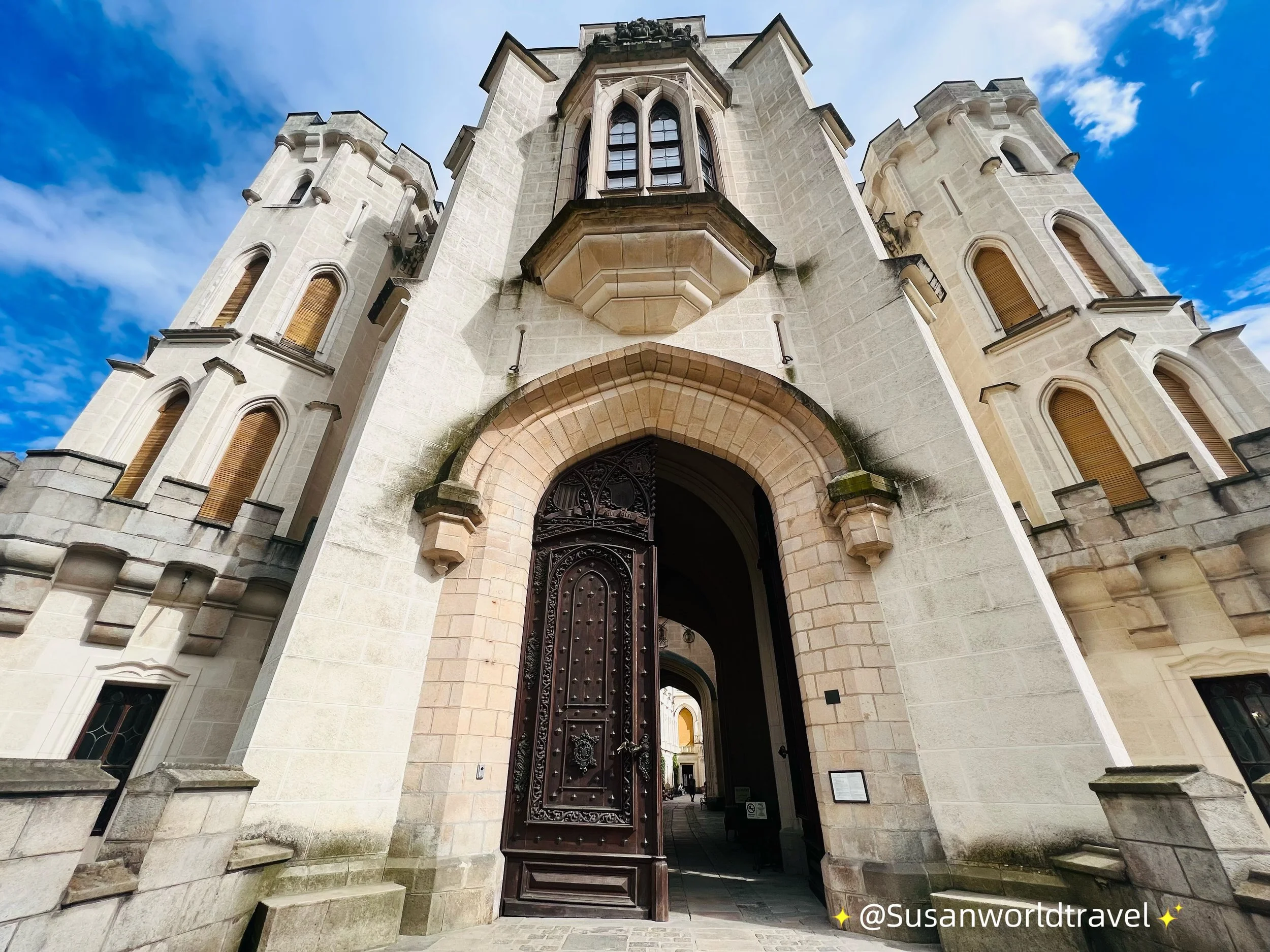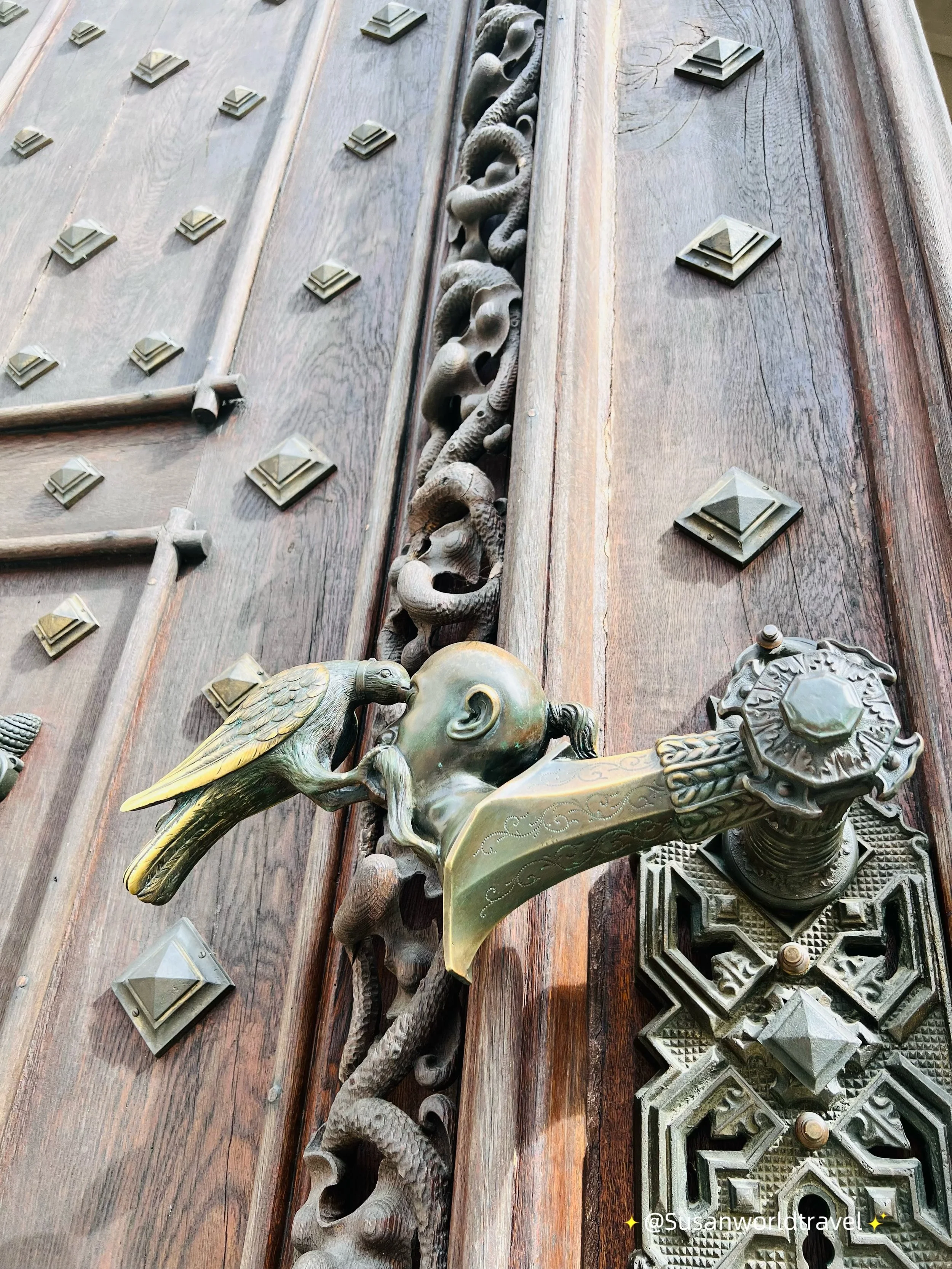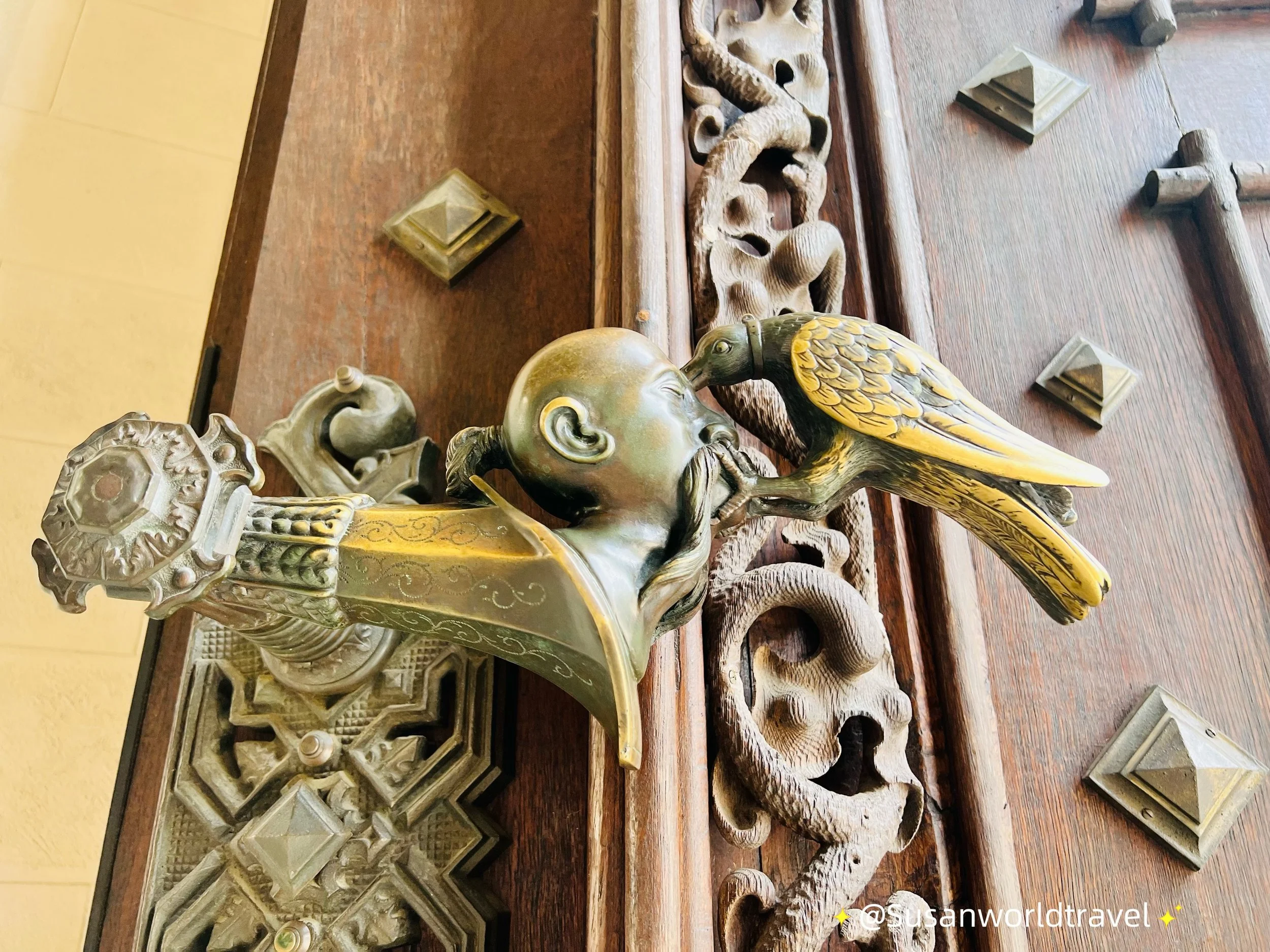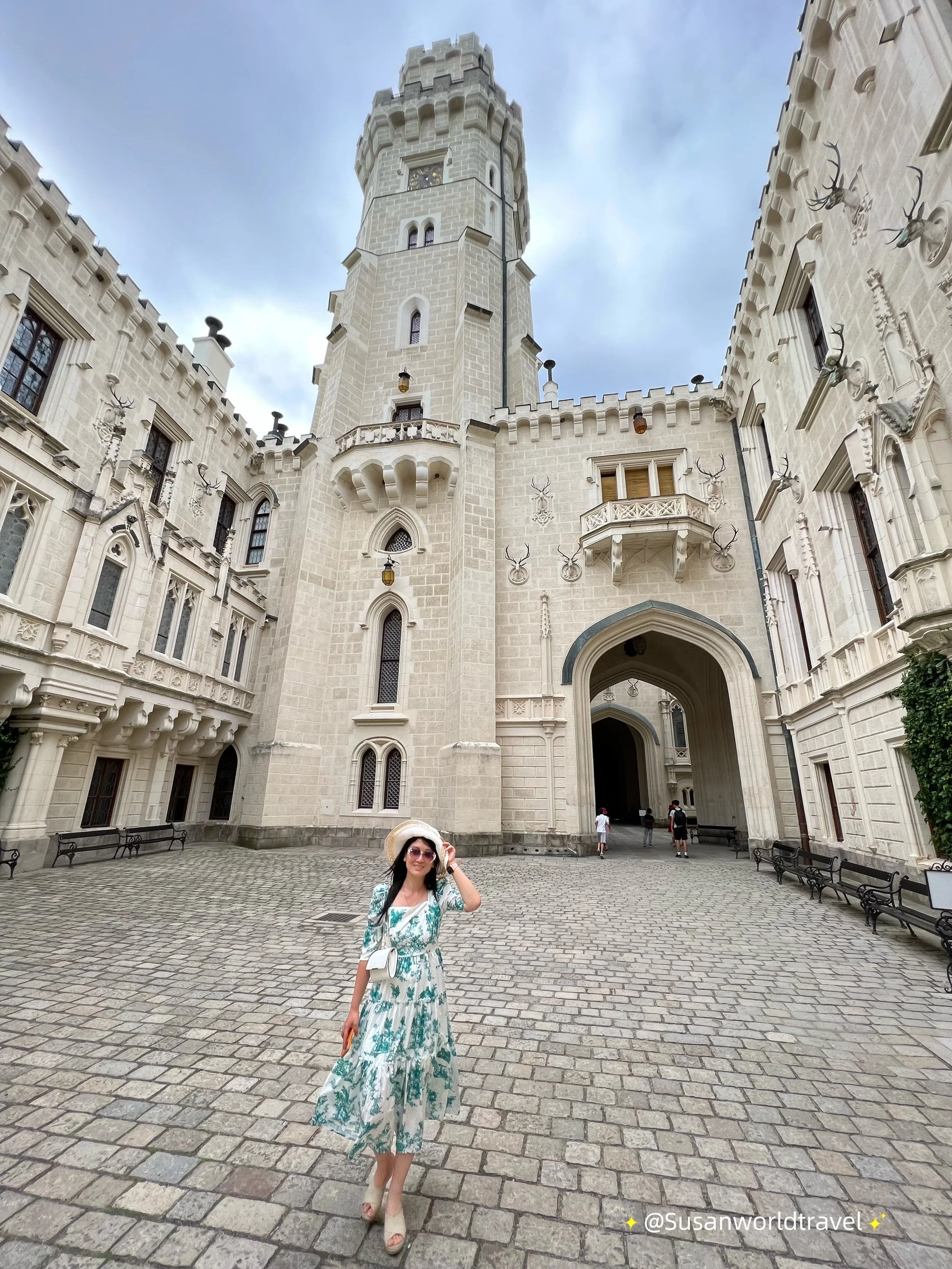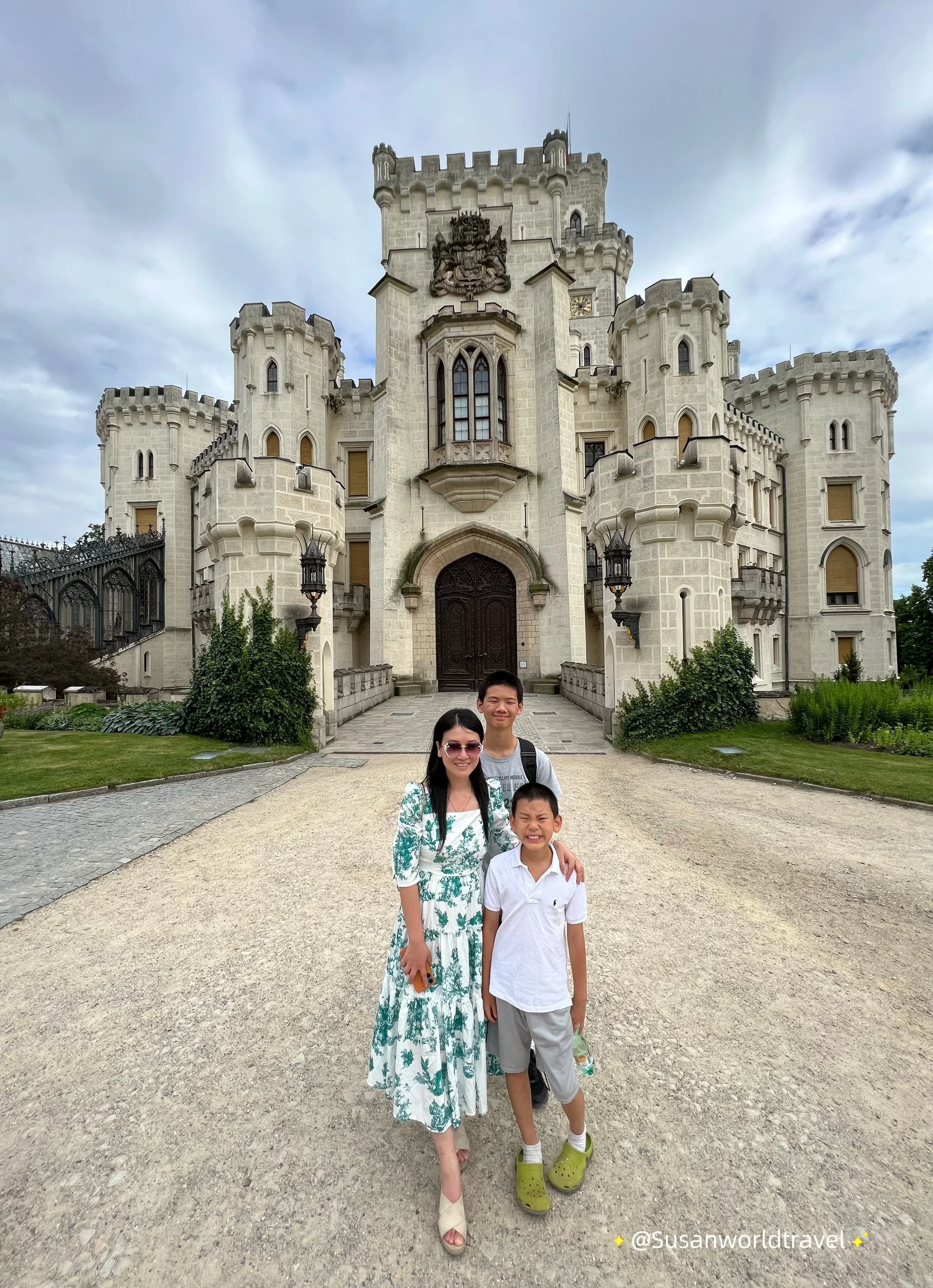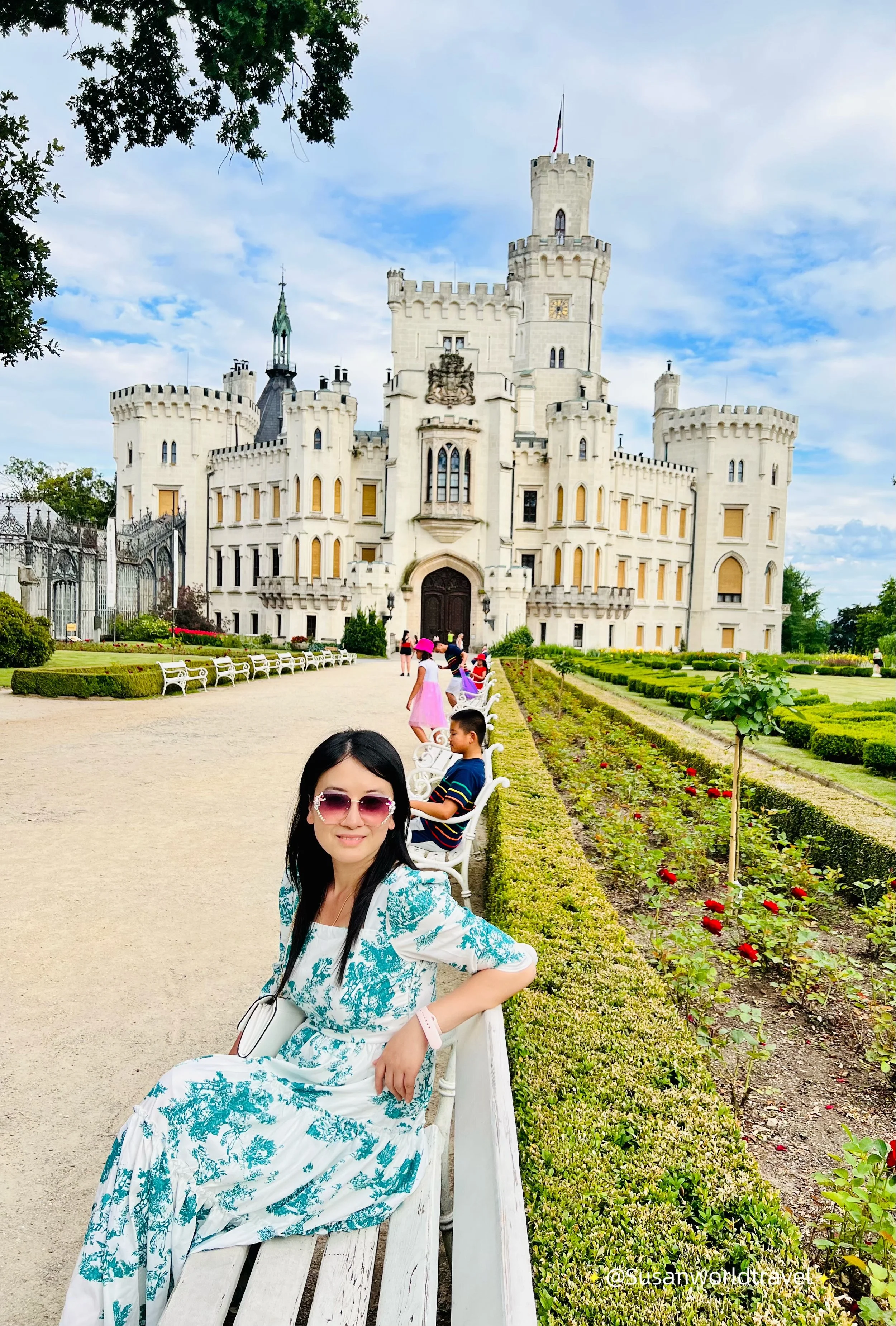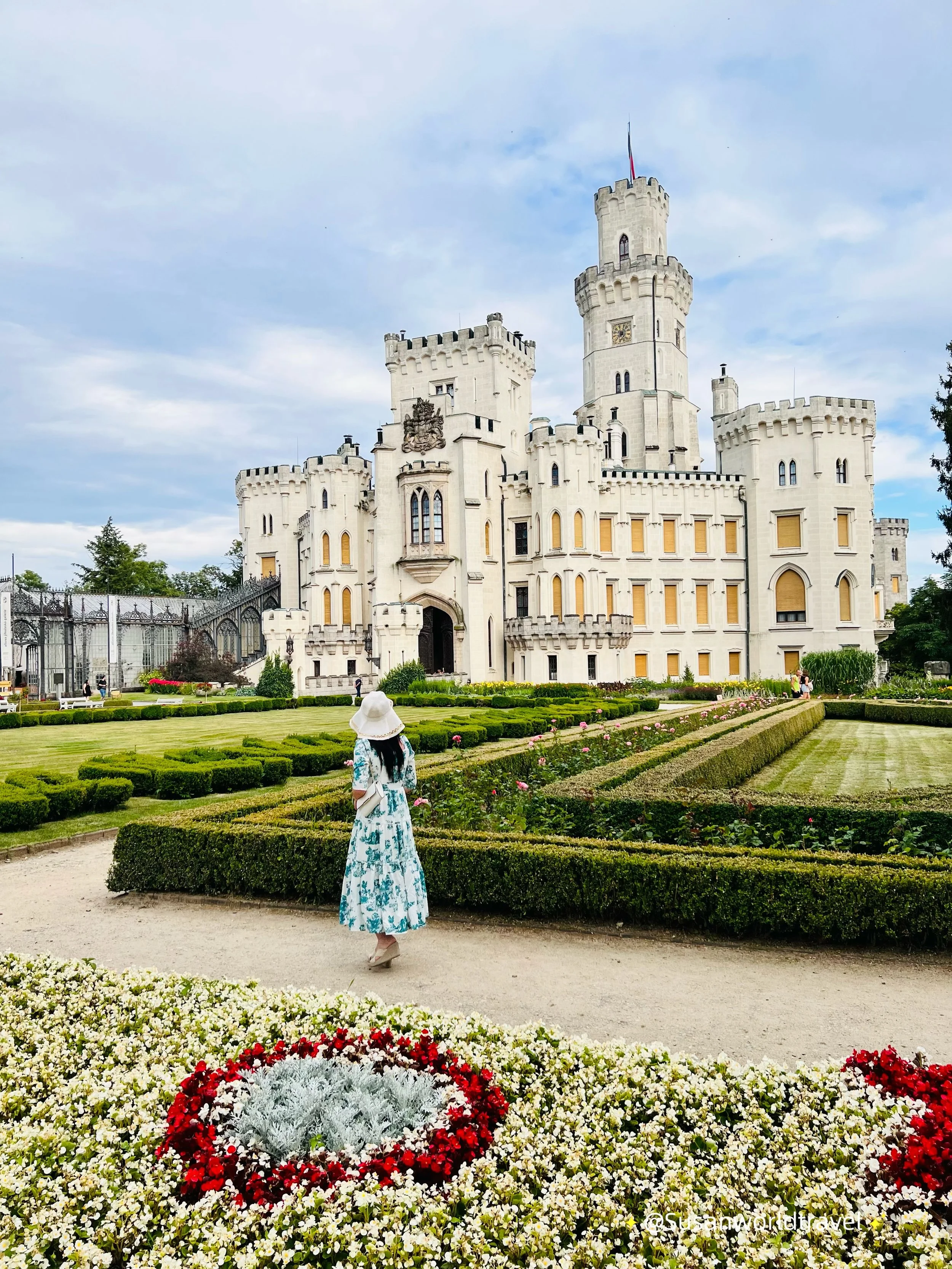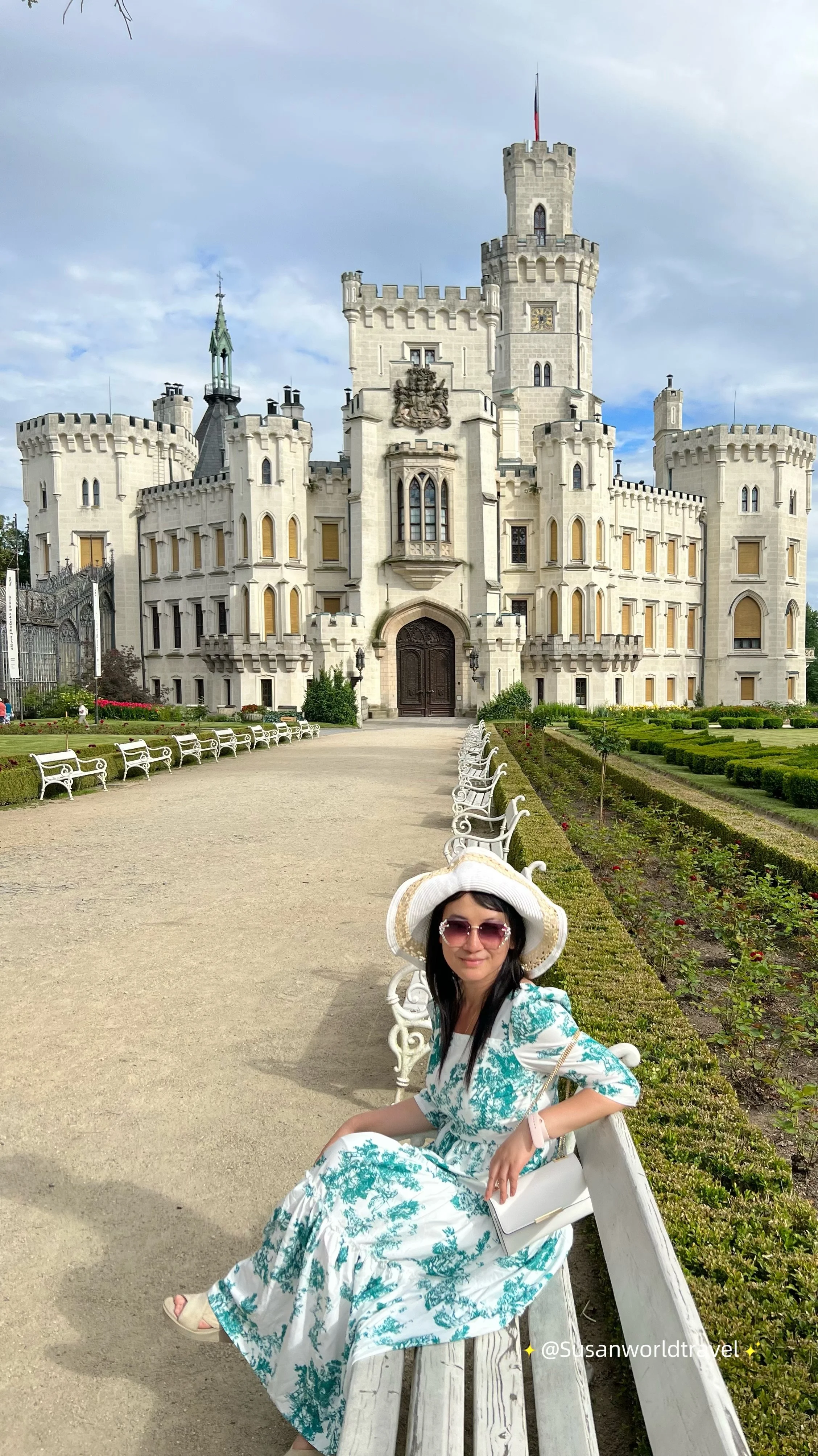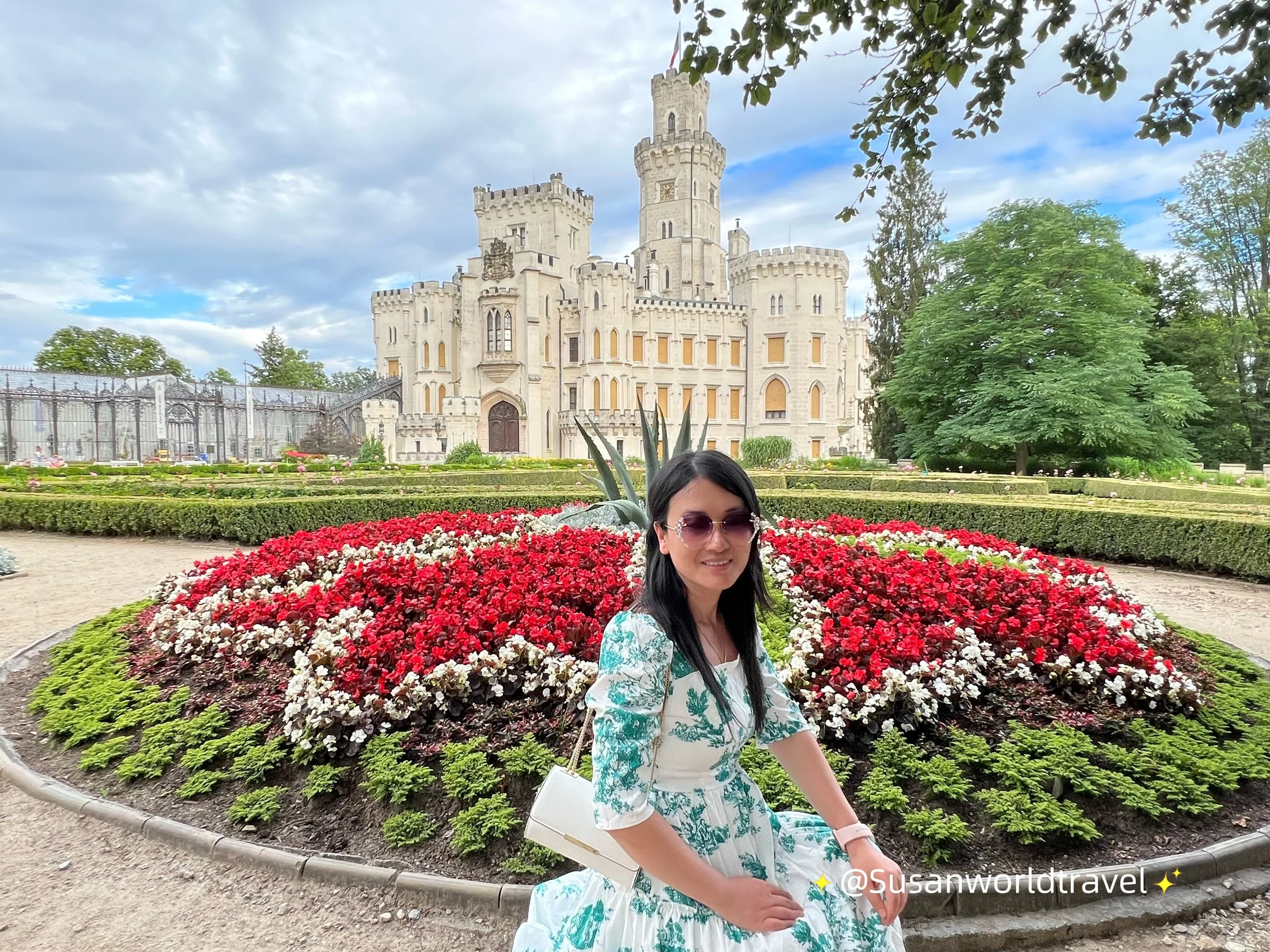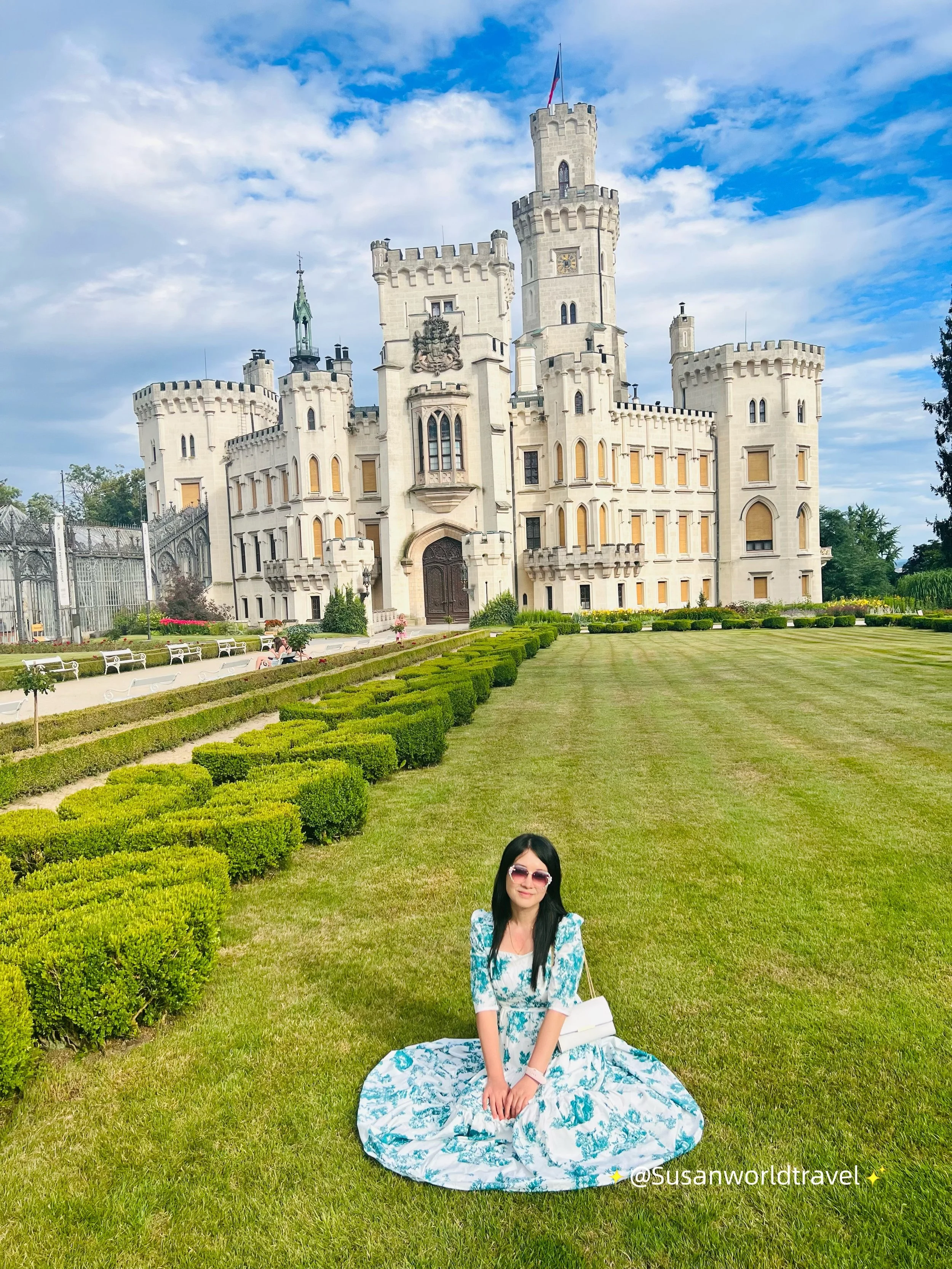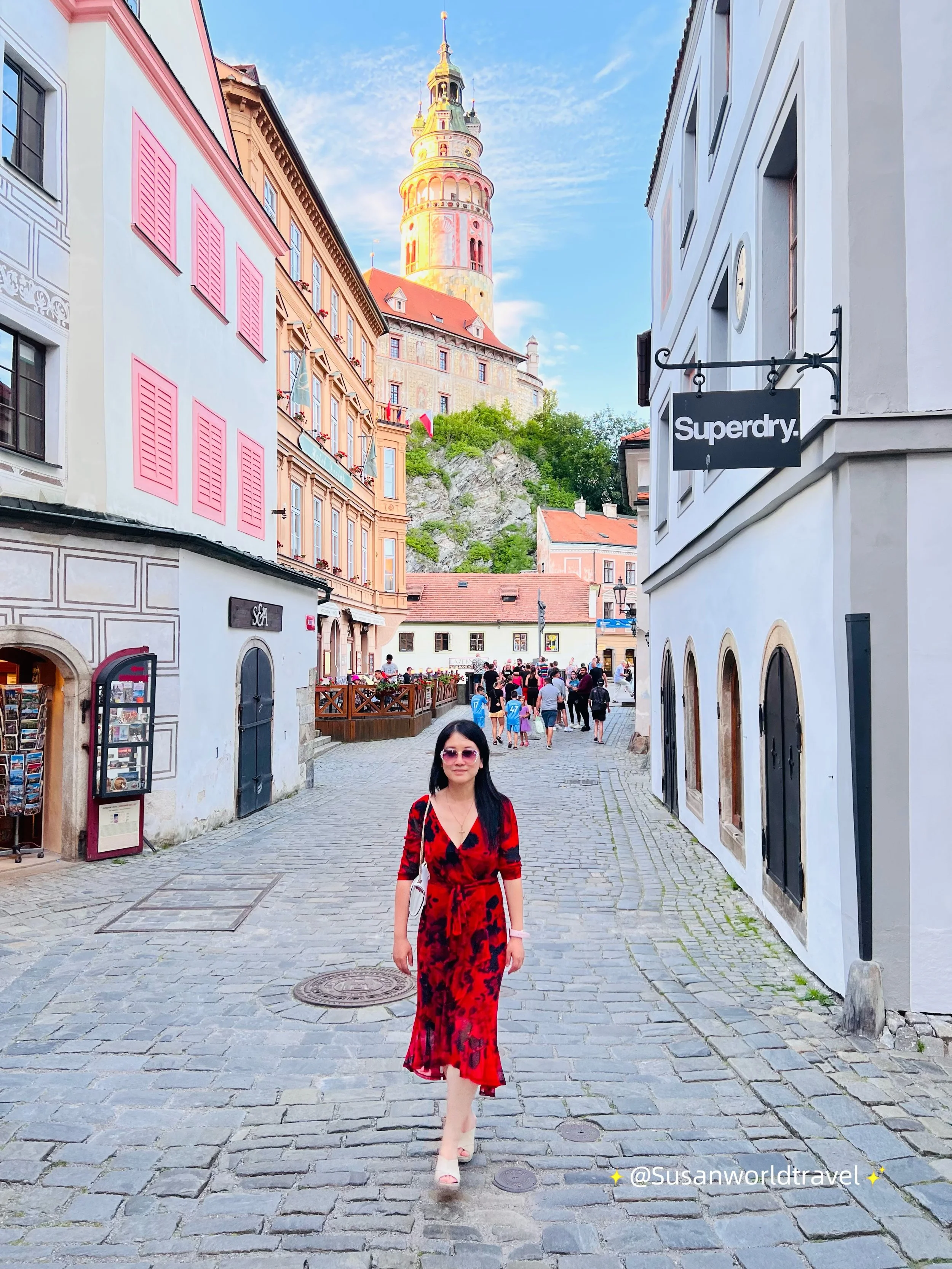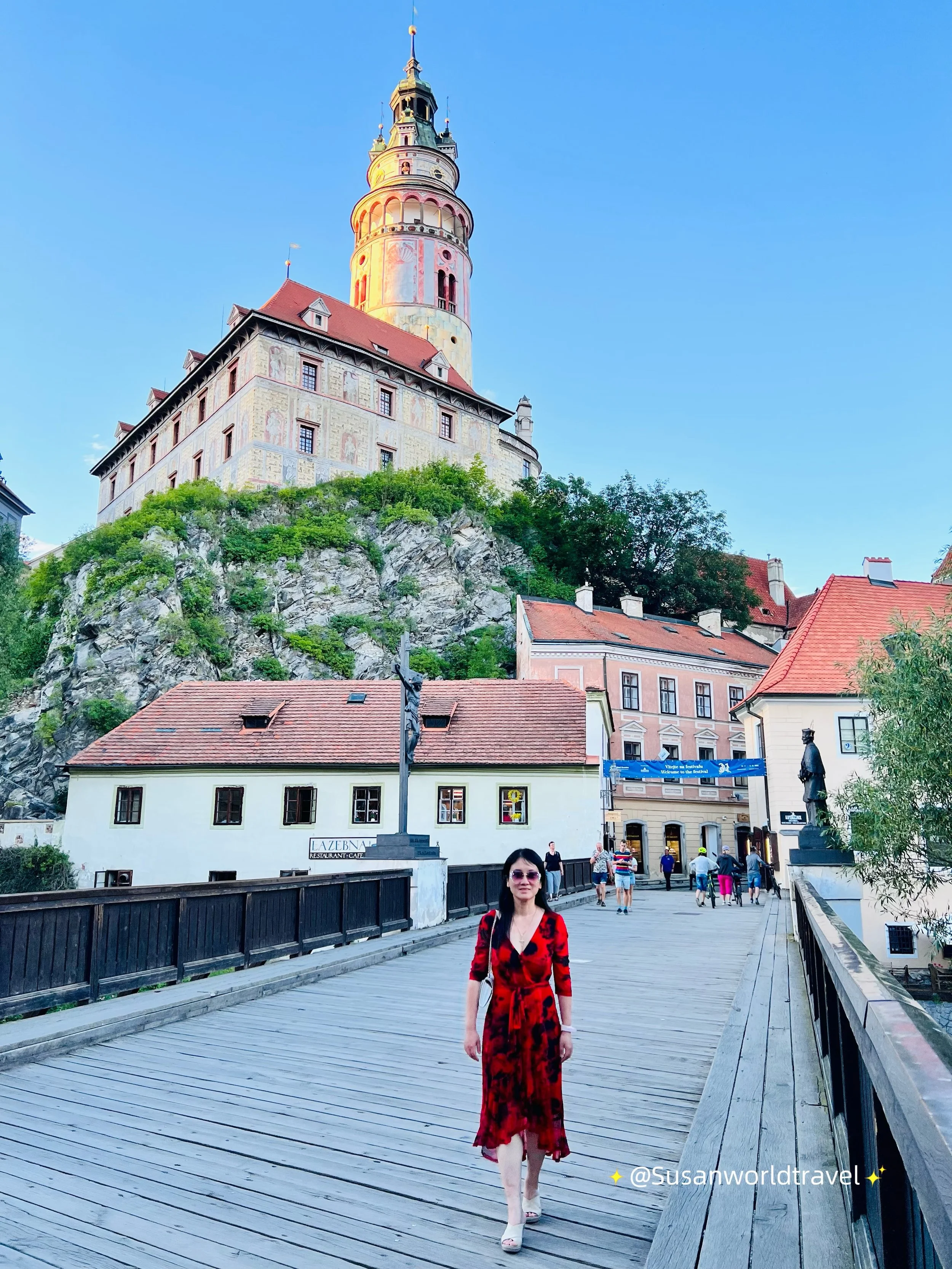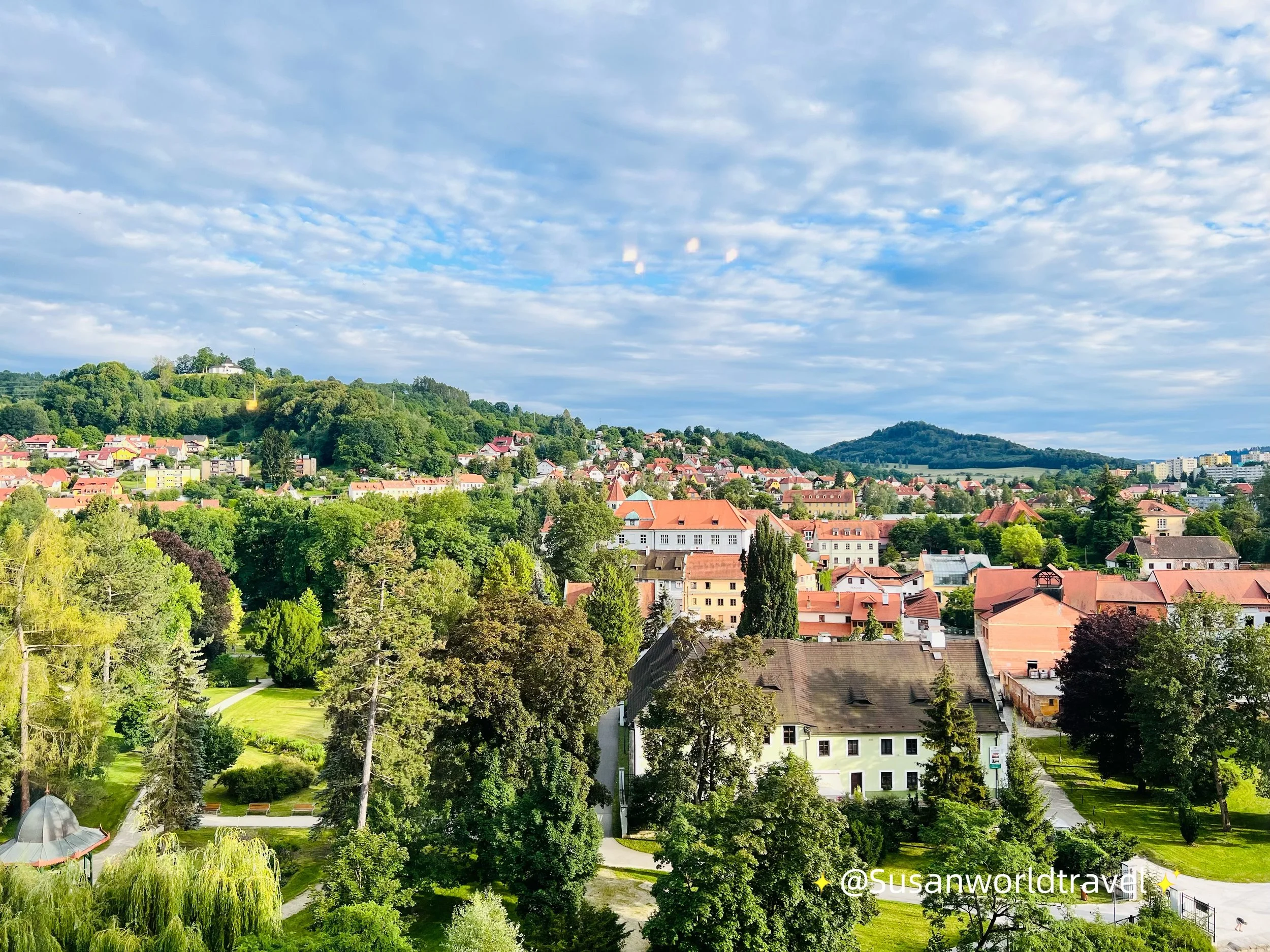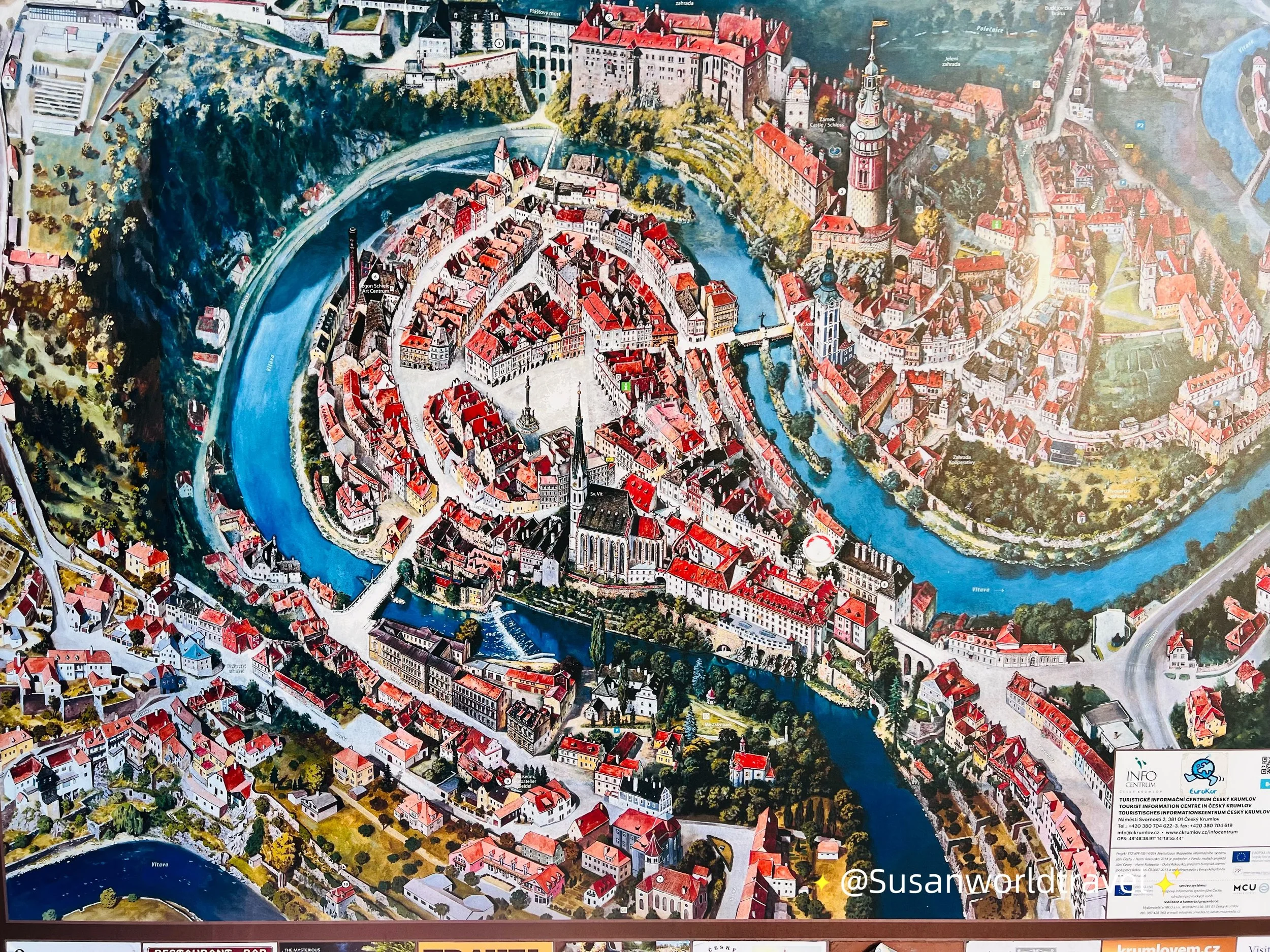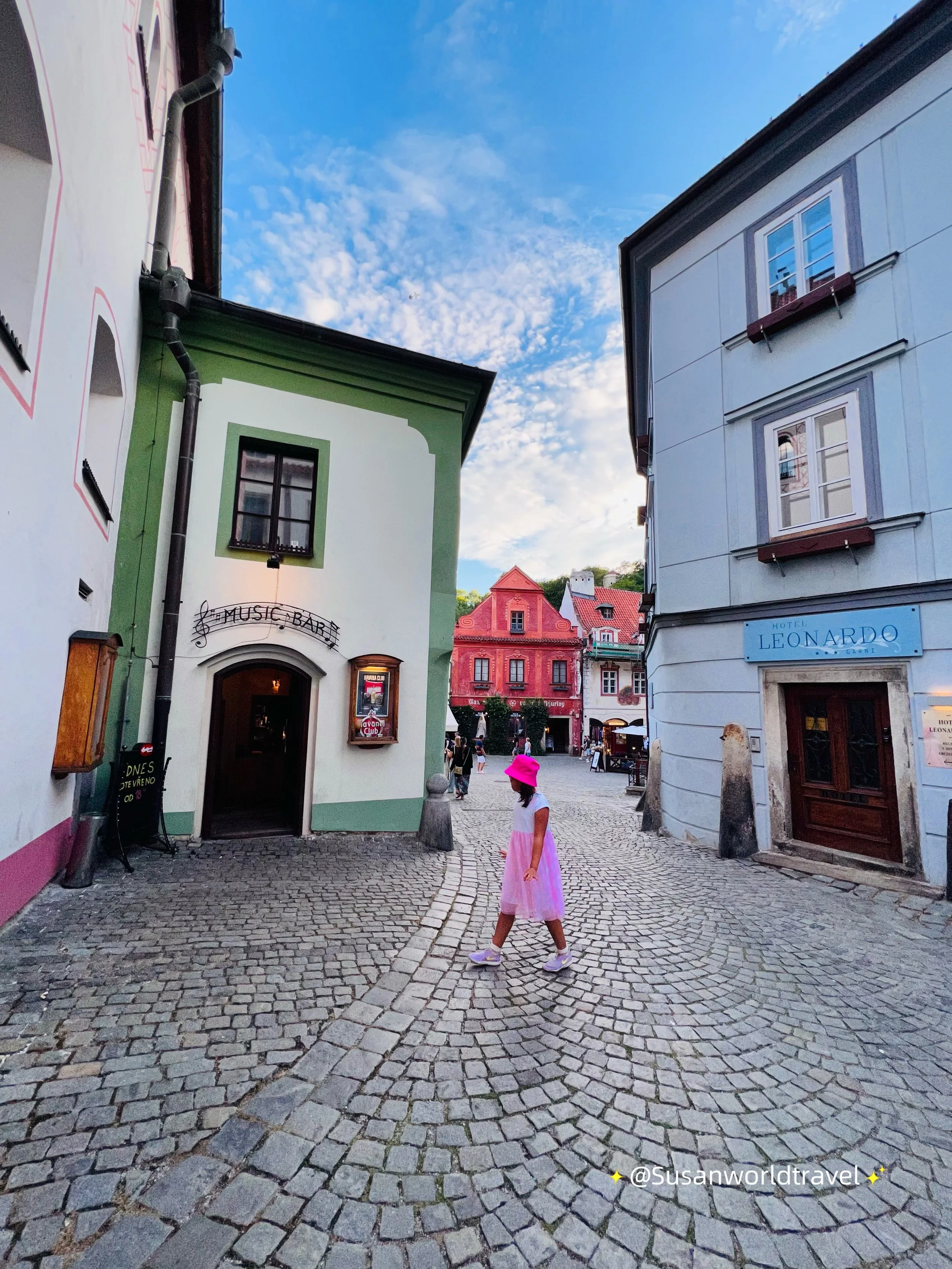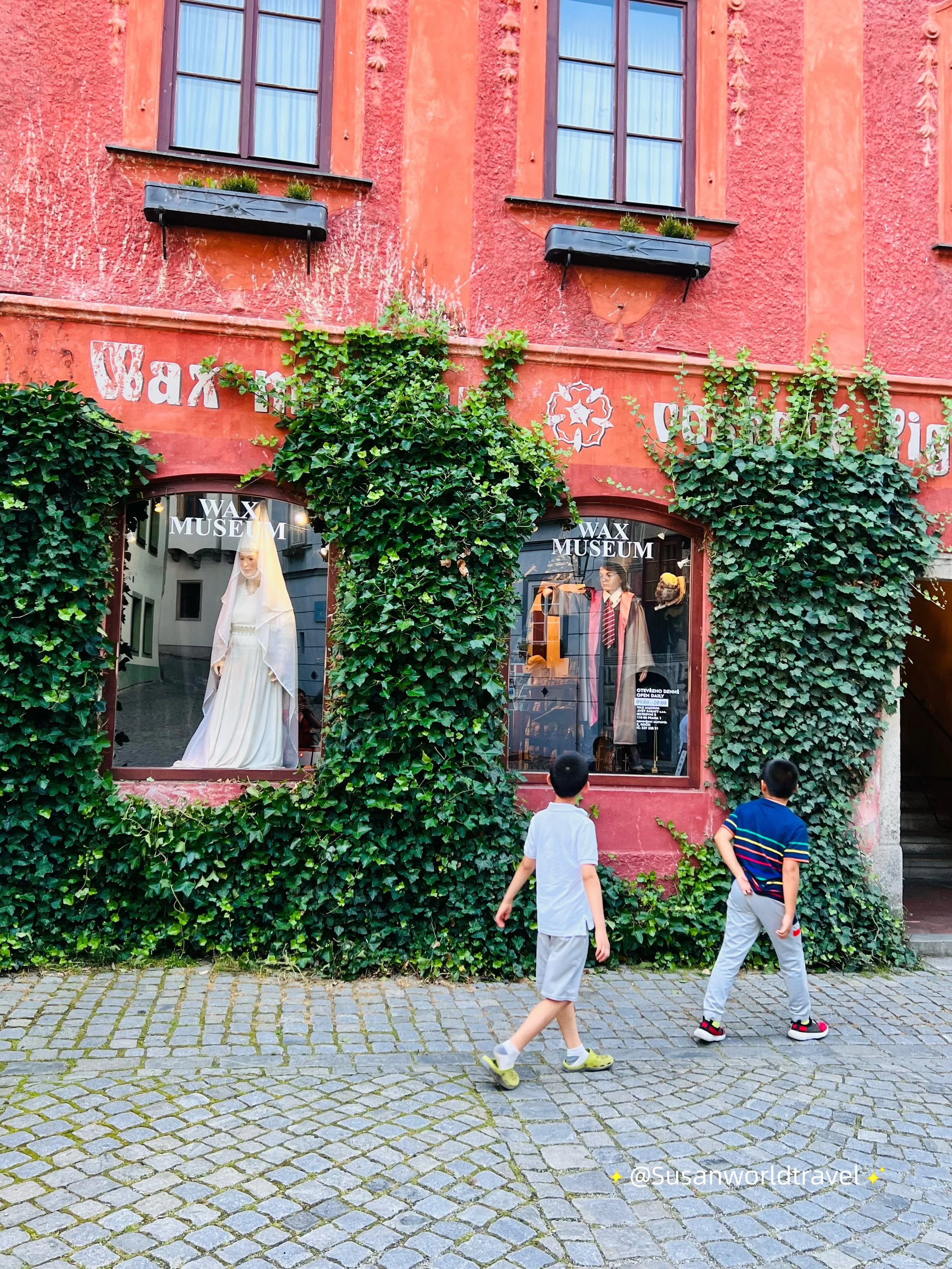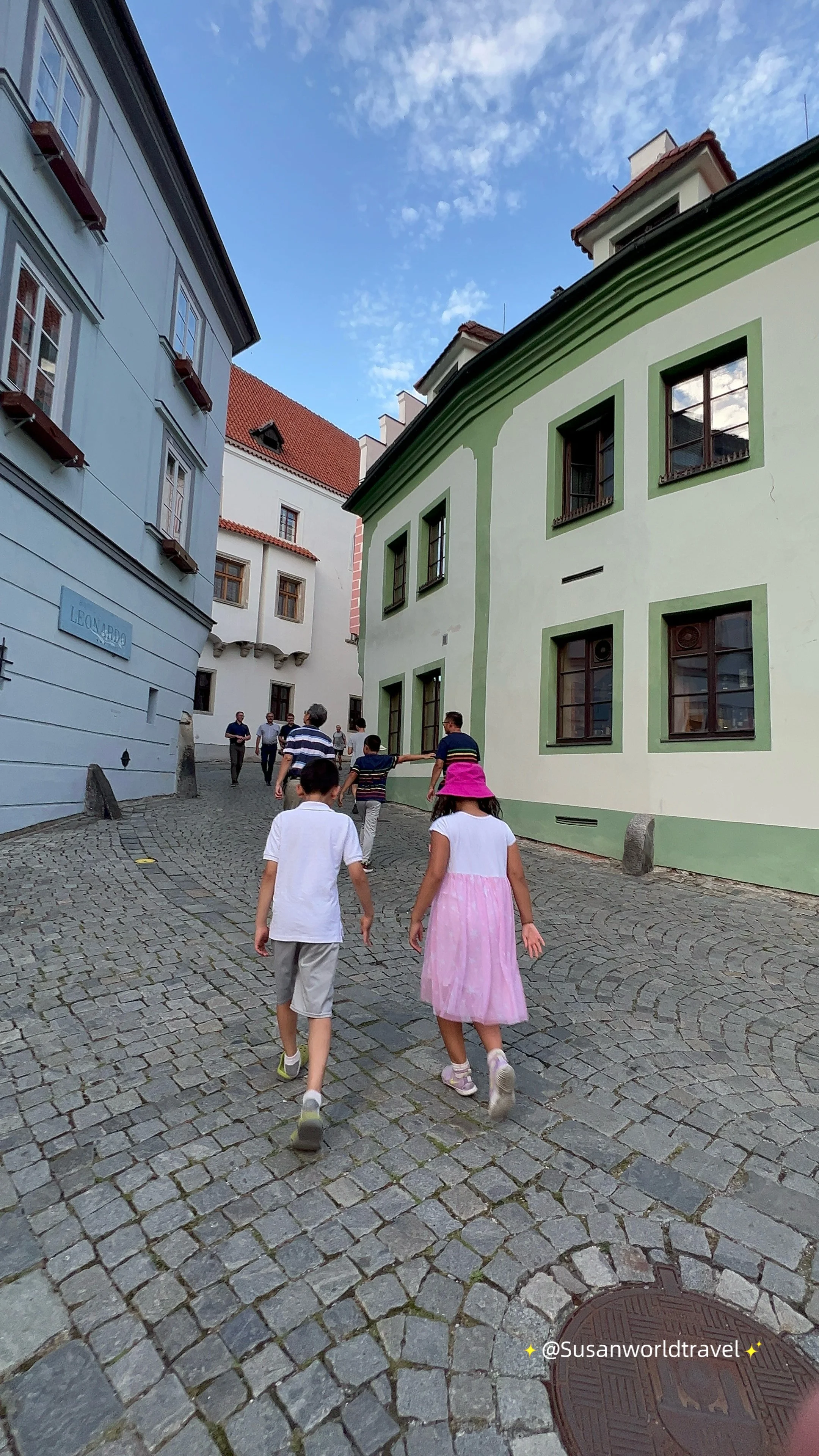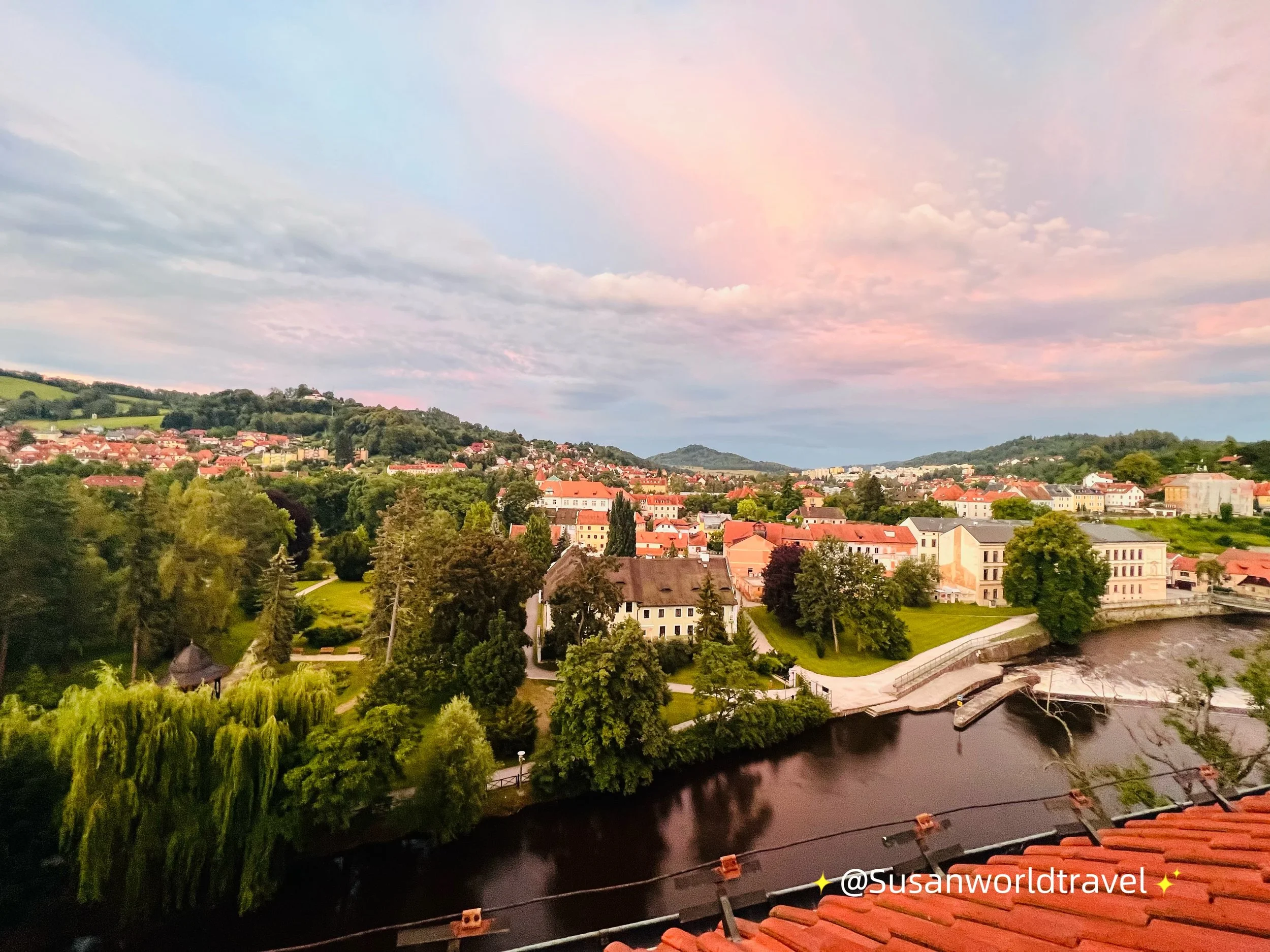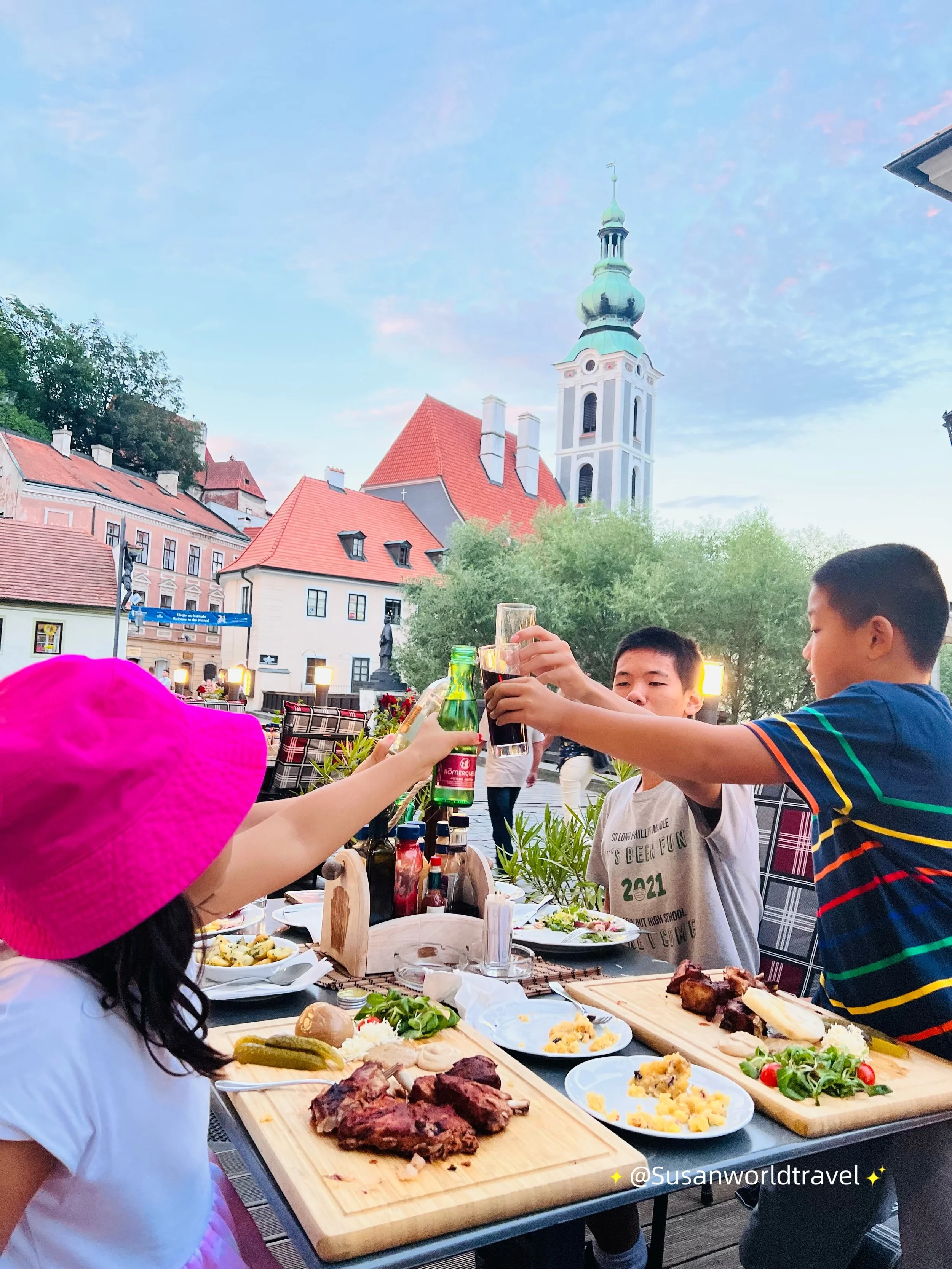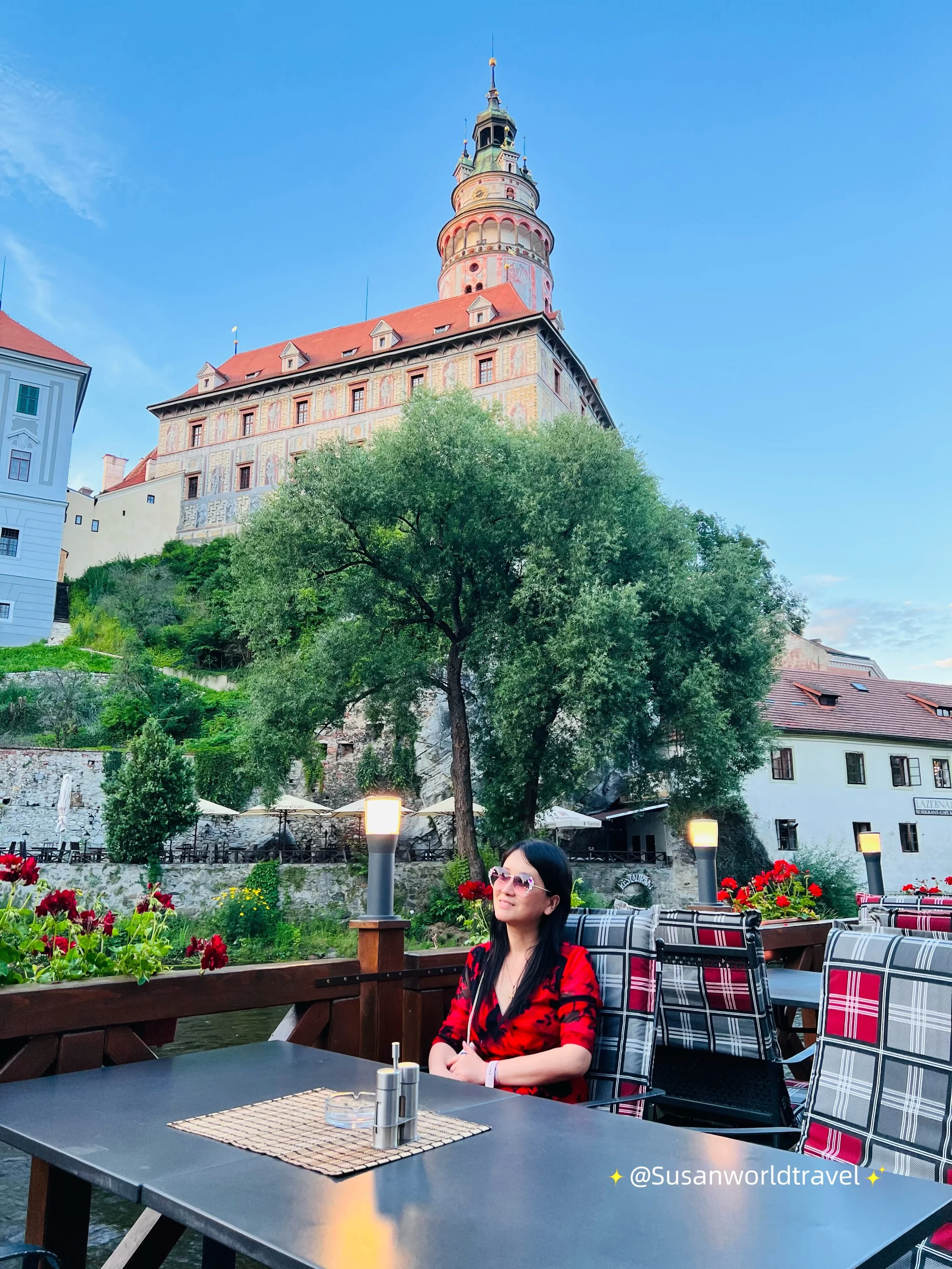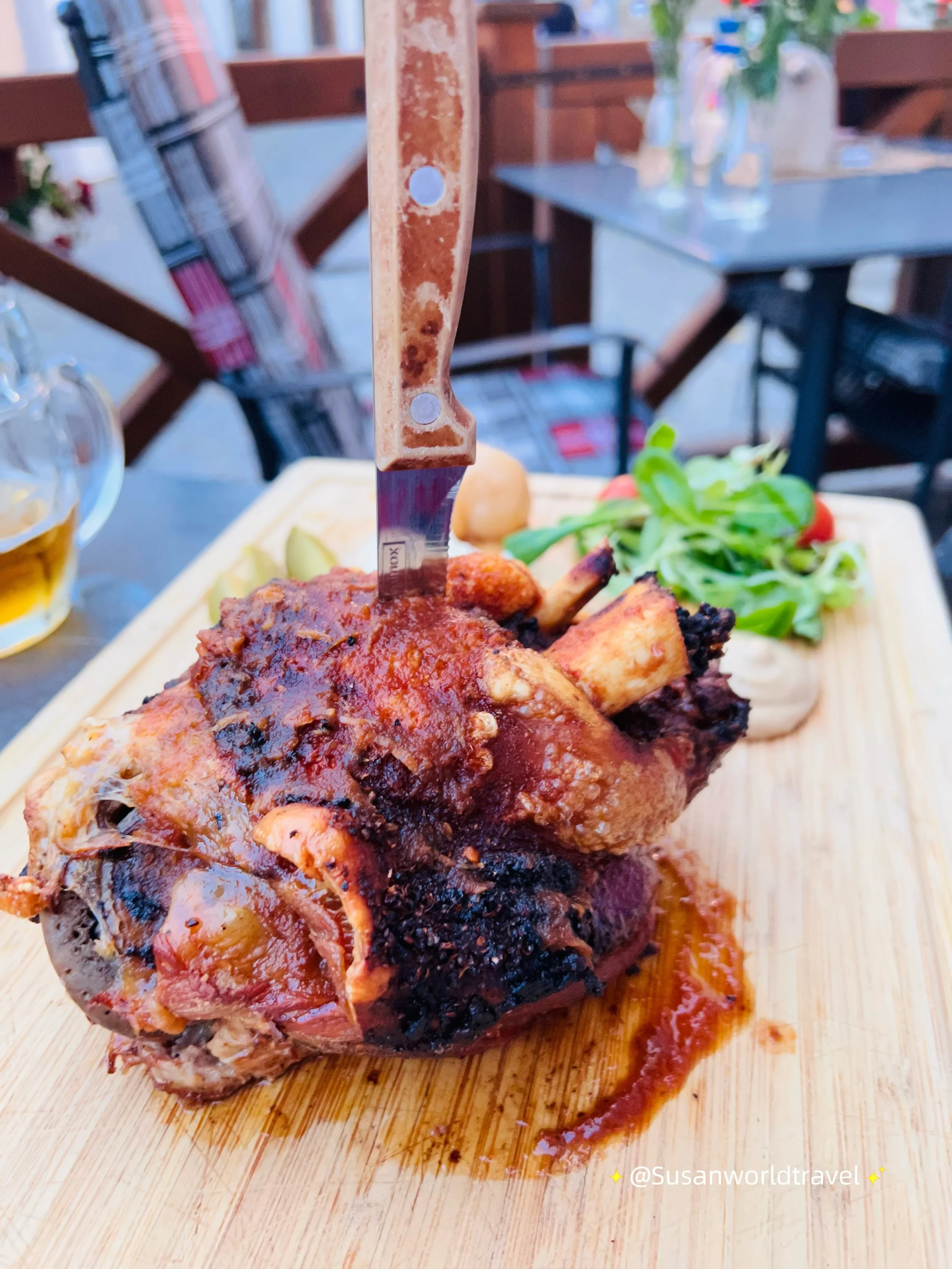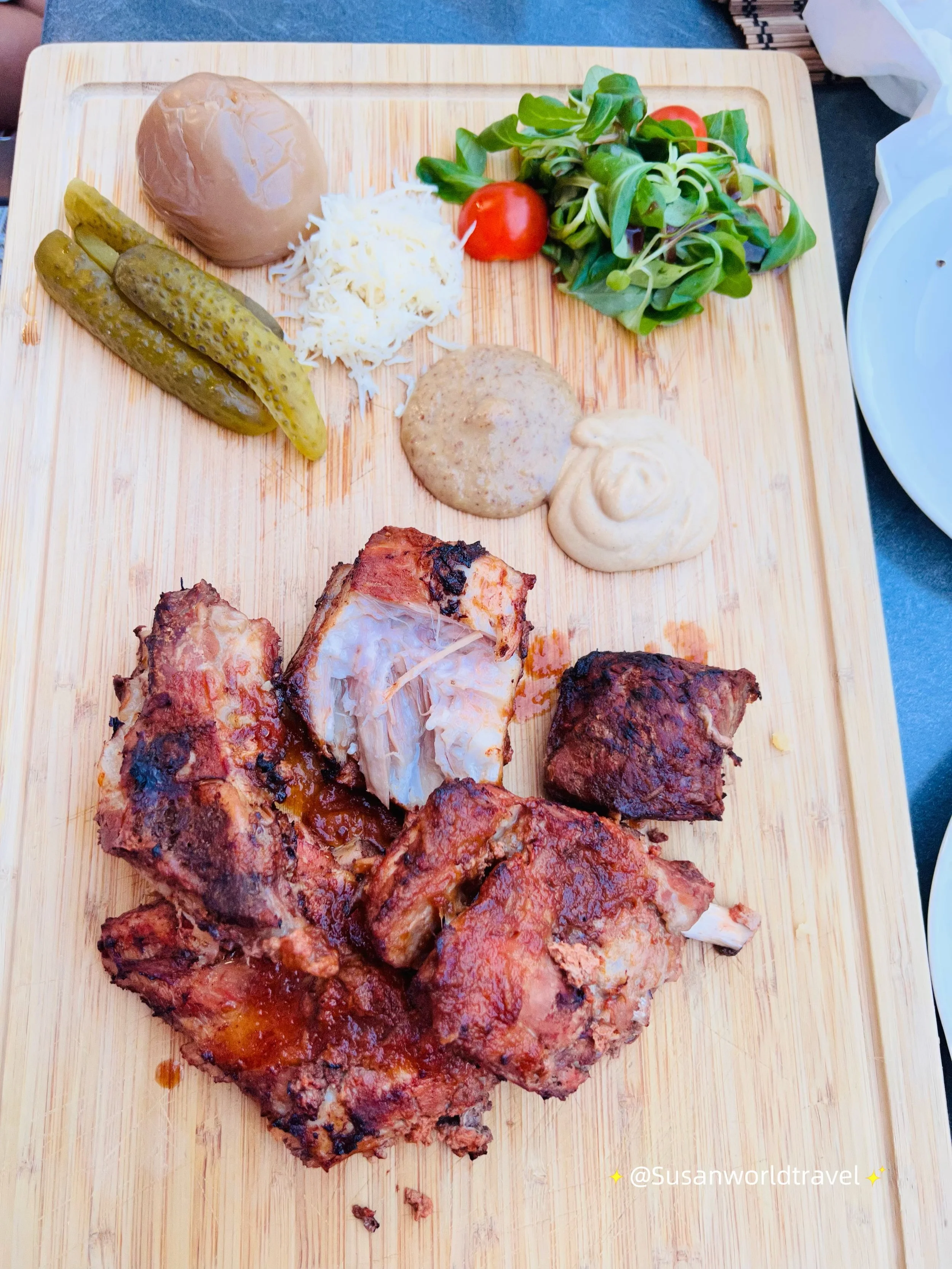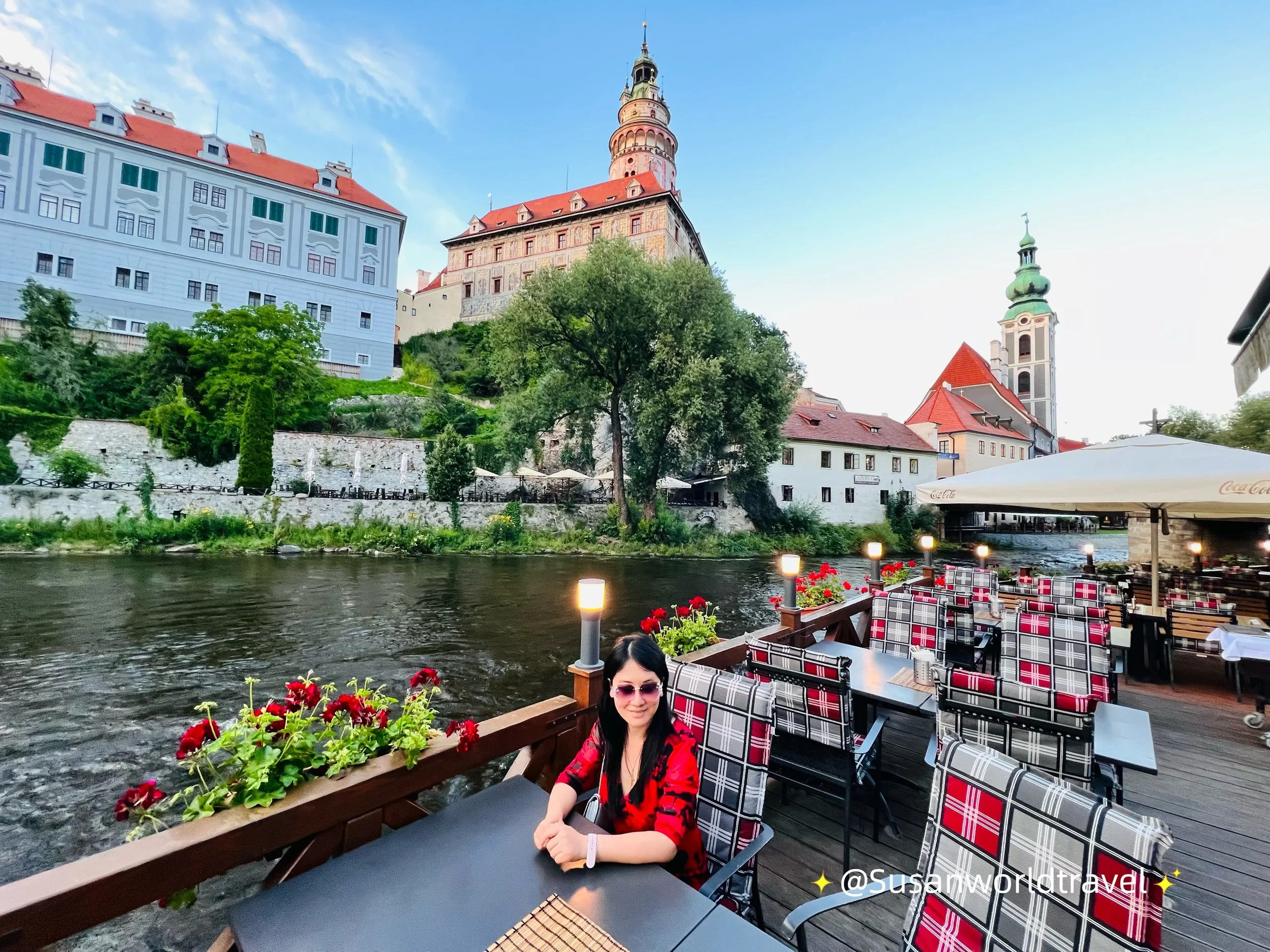Czech Day 3
On our third day, we picked up our rental car and left Prague, ready to continue our journey and explore more of this country. Czech Republic is often referred to as a land of castles. The country is home to more than 2,000 castles, châteaux, and ruins, making it one of the most castle-dense countries in Europe. On the morning of day 3, we picked up our rental car and left Prague behind, ready for new adventures and exploration. Kutná Hora, located just 30 minutes from Prague, is a historical mining town with a rich heritage, particularly known for its silver mines that were once among the most important in Europe. The town flourished in the Middle Ages, becoming a wealthy center for trade, and its prosperity is reflected in its stunning architecture and historical sites. One of its most famous landmarks is the St. Barbara Cathedral, a Gothic masterpiece.
Another well-known site is the Sedlec Ossuary, also known as the Bone Church, which is decorated with the bones of thousands of people. The bones at Sedlec Ossuary (the Bone Church) in Kutná Hora, Czech Republic, primarily come from the Black Death plague in the 14th century and from subsequent waves of epidemics that swept through Europe. Additionally, many of the bones were from individuals who died during the Hussite Wars in the early 15th century. During the medieval period, the Sedlec cemetery was a highly sought-after burial site, and after the bones were exhumed to make room for more burials, they were arranged in the ossuary beneath the church. Over time, the bones were artistically arranged by a local woodcarver, František Rint, in the late 18th century, creating the stunning yet eerie displays we see today. While fascinating from a historical and artistic perspective, the atmosphere inside can feel a bit eerie or unsettling due to the sheer number of remains and the macabre nature of the decor. It's a powerful reminder of the transient nature of life, and though it might feel creepy for some, it is an unforgettable and intriguing experience for us
Hluboká nad Vltavou Castle is a stunning neo-Gothic castle located in the South Bohemian region of the Czech Republic, near the town of Hluboká nad Vltavou. The castle is one of the most beautiful in the country and is often compared to England's Windsor Castle due to its striking architectural style.
Originally built in the 13th century, the castle was extensively renovated in the 19th century by the Schwarzenberg family, who transformed it into the neo-Gothic masterpiece that stands today. The castle's white façade, dramatic towers, and sprawling grounds are complemented by its elegant interior, which is decorated with period furnishings, fine art, and historical artifacts.
Late afternoon, we arrived in Český Krumlov, a charming town in the South Bohemian region of the Czech Republic, known for its well-preserved medieval architecture and stunning riverside setting. This UNESCO World Heritage site is famous for its castle, winding cobblestone streets, and vibrant old town, offering a picturesque escape filled with history and beauty. The old town is a maze of narrow alleys, squares, and charming shops, offering a glimpse into centuries of history. The town’s baroque and Gothic architecture makes it feel like a step back in time.
We had dinner at the Castle Restaurant in Hotel Dvořák, right in the heart of Český Krumlov, with a perfect view of the Vltava River and the castle towering above. The cozy, elegant setting was the ideal spot to unwind after a day of exploring, and we couldn’t resist trying the famous Czech “pork feet” dish—a hearty roasted pork knuckle, locally known as vepřové koleno. It was crispy on the outside, fall-off-the-bone tender on the inside, and served with mustard, horseradish, and a generous helping of sauerkraut and bread. Paired with a cold Czech beer, it was the ultimate comfort food and a delicious way to cap off the evening in this fairytale town.
